

SURVEILLANCE

Design Team
Liza Miller, Terri Kang, Emily Sun, Katherine Kell, Sebastien Triplett, Tiya Madhavan, Bailey Hwang, Milcah Kresnadi
Fashion Team
Melissa Yu, Tzu-Yun Fun, Reagan Hakala, Janna Jacobson, Paige Tushman, MaryKatherine Acho Tartoni, Elena Shaheen, Taylor Stevens, Juliana Ramirez, Jessica Li, Ligaya Galang, Bobby Currie, Ankitha Donepudi, Sidney Vue, Angela Li, Emily Jennett, Subin Yang, Riley Neville, Richalin Digue, Sigourney Acharya, Aurelia Hudak, Meera Kumar
Features Team
Lynn Dang, Sailor West, Shelby Jenkins, Meera Kumar, Ava Shapiro, Mya Fromwiller, Melissa Werkema, Emerson McKay, Lucy Dover, Emma Edmondson, Tara Wasik, Marxie Colliver, Enia McLaughlin, Sebastiana Hobey, Sophia Do
Photography Team
Sureet Sarau, Riley Kisser, Oliver Segal, Paulina Rajski, Yueshan, Jiang, Carly Nichols, Tess Crowley, Maggie Kirkman, Taylor Pacis, Anisha Chopra, Vivian Leech, Anika Minocha, Emmanuelle Cubba, Audrey Eng, Mary Katharine Acho-Tartoni, Patrick Li, Harrison Brown, Sory Keita, Niah Sei, Meleck Eldahshoury, Ava Muntner, Kamryn Washington
Videography Team
Juana Mancera, Takara Wilson, Johannes Pardi, Kaelin Park, Eaman Ali, Sophie Abedi
Digital Content Team
Aurelia Hudak, Sigourney Acharya, Ally Chang, Clare Hong, Kiana Pandit, Irem Hatipoglu, Shari Frazer, Sophie Ding, Haniya Farooq, Emily Jennett,
Finance Team
Erin Casey, Ariah Samant, Elena Reyes, Riya Gone, Elise Hsiao, Emily Farhat, Taylor Jones
Member Development Team
Sam Wright, Maryam Hamka, Cynthia Qian, Erin Segui
Public Relations Team
Lily Fishman, Grace Donnelly, Fiona Huang, Alia Gamez
Events Team
Tara Nayak, Erin Segui, Tiara Blonshine, Paris Rodgers, Allie Cain, Sanjana Ramanathan
Social Media Team
Marley Davis, Frankie Smith, Grace Wang, Sasha Amani, Lily Shaman, Subin Pyo, Jessica Li, Jessica Kroetsch
Standford Lipsey Student Publications Building 420 Maynard St, Ann Arbor, MI 48109 BROOKLYN BLEVINS Editor-in-Chief APOORVA GAUTAM Publisher Creative Director ABBY RAPOPORT Marketing Director NEHA KOTAGIRI Operations Director AVA BEN-DAVID Design Editor MARGARET LAAKSO Print Fashion Editor DANA GRAY BOBBY CURRIE Print Features Editor CATHERINE AUGUST Print Photo Editors ALEX LAM SINYU DENG Print Beauty Editor ELISSA LI Video Editor CARLY NICHOLS Digital Fashion Editor JANAE DYAS Digital Features Editor JANICE KANG Digital Photo Editor SUREET KAUR SARAU Finance Coordinators HARINI SHANKAR MAKENZIE KULCYZKI Events Coordinator SENA KADDURAH Managing Photo Editor EMMA PETERSON Member Development Coordinator
LINDENBACH Social Media Coordinators LUIZA SANTOS
DAVIS Public Relations Coordinator ANGELA LI Digital Content Editor JESSICA CHO
SARAH
MARLEY

IN THIS ISSUE Letter from the Editors 04 Smile, You’re on Camera 06 Turning the Spotlight Off 32 Collective Consciousness 26 Curated Realities 24 Ready or Not 22 Infrared 16 The Performance Review 14 Persona 48 Digital Doppelganger 44 Incognito 36 Director’s Note & BTS 60 3


The click of the shutter. The white light of the flash. A repeated, ritual action for our readers and creators alike.
We’ve come to accept photography as a practical form of surveillance. From convenience store security cameras to our own iPhone recordings, the measured flicker of a small, red dot signals to us that we’re being looked upon. However, in the digital era, with surveillance technology constantly at our fingertips, our ability to discern what makes us feel watched becomes slightly more difficult.
SURVEILLANCE explores our obsessions and fears alike as it pertains to constantly existing under a microscope. Is the key to liberation embracing the ever present audience in our lives? Or rejecting the notion altogether and isolating ourselves as protection? These questions are further complicated by the fact that we are not simply individual victims to a broader surveillance state, but also often willing participants in it.
We act as observers. Passive or active scrollers on our social media platforms, we impose our authority and judgement across our timelines whether we are conscious of it or not. We bear witness to the masses, share investment in emotional victories and harbor collective grief over injustices and strife.
But also the observed. For every angle of access we have to our friends, family, and strangers alike, they too have the power to scrutinize us. “Incognito” illustrates how futile our attempts to remove ourselves from the public view can be. When modern avenues for connection are often synonymous with leaving yourself vulnerable to the digital world, how can we craft our identity on our own terms?
Some may consider this impossible. Nihilistic rhetoric tells us that we’ll inevitably remain victim to the vicious cycle of scrutiny both internally and externally at the hands of mass surveillance. Forever forced to harbor fractured identities that Emerson McKay describes in “Curated Realities,” hyperfocusing on our relation to our audience. But this pessimistic perspective is exactly what discredits our in-depth exploration of the topic at hand. So I invite you to immerse yourself in the complexities, pitfalls, and potential solutions to the current state of surveillance in the digital age. Observe how light casts shadows over our own paranoias, the framing of larger ideological beliefs, and maybe, just maybe, if we can capture our perceptions at exactly the right angle, you can unfurl a better understanding of both yourself and the world around you.


Brooklyn Blevins Editor-In-Chief
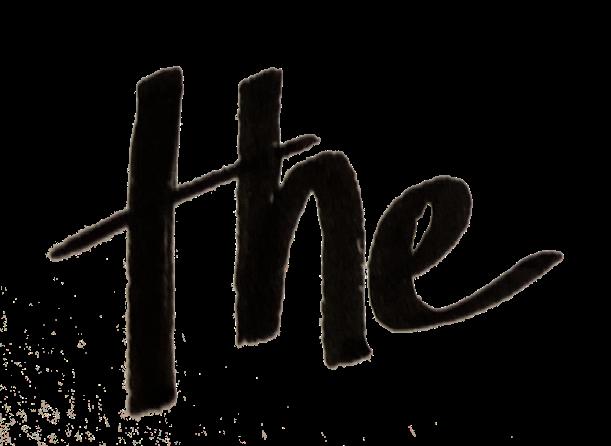

f you’re anything like myself, you probably experience the sensation of feeling watched. You can feel the weight of eyes upon you, a pressure that lingers even without physically turning around to confirm their presence. It’s an awareness that transcends mere sight. There’s something both unnerving and, strangely, exhilarating about it; every gesture, every expression, is subject to scrutiny and interpretation, but you are being seen, for better or for worse.
In the age of mass media, this sensation is exacerbated by the surveillance we impose upon ourselves. The widespread practice of recording, photographing, and documenting every aspect of our lives instills in us a heightened awareness of our bodies, our demeanor, and how we traverse through the world. Many of us share this content on social media platforms, allowing others to perceive us. We carefully curate our social media presence in hopes of portraying a desirable image of ourselves and our lives. We may even meticulously analyze our online presence, attempting to view ourselves as others might, from an outside perspective. In our media-saturated society, we might start to wonder: can we ever escape societal and self-imposed surveillance? How might we do so? And perhaps most importantly, do we even want or need to?
SURVEILLANCE delves into these questions by exploring the acts of seeing and being seen. From the omniscient gaze of surveillance cameras that capture one’s every move, to the allure of masks that obscure one’s identity, SURVEILLANCE invites us to reflect on our own relationships with observation and privacy. In doing so, we arrive at a deeper understanding of just how much surveillance impacts our lives. It may be surprising to realize that, in reality, each individual is too preoccupied with their own self-surveillance to notice every trivial action you take; at the same time, excessive self-surveillance deprives us of the chance to authentically express ourselves, in turn hindering our ability to truly connect with others.
But where does this leave us? As you flip through this magazine and consider your own connection to surveillance, I urge you to reflect on the ways in which constant observation, whether societal or self-imposed, influences not only your demeanor but also your sense of self. You might come to realize that amidst a world characterized by surveillance, a commitment to authenticity and a willingness to showcase your true self becomes particularly important. In the face of perpetual observation, let us dare to reclaim agency over our own narratives; let us dare to be seen, authentically.

I
Catherine August Print Features Editor 5
SMILE, YOU’RE



ON CAMERA

7

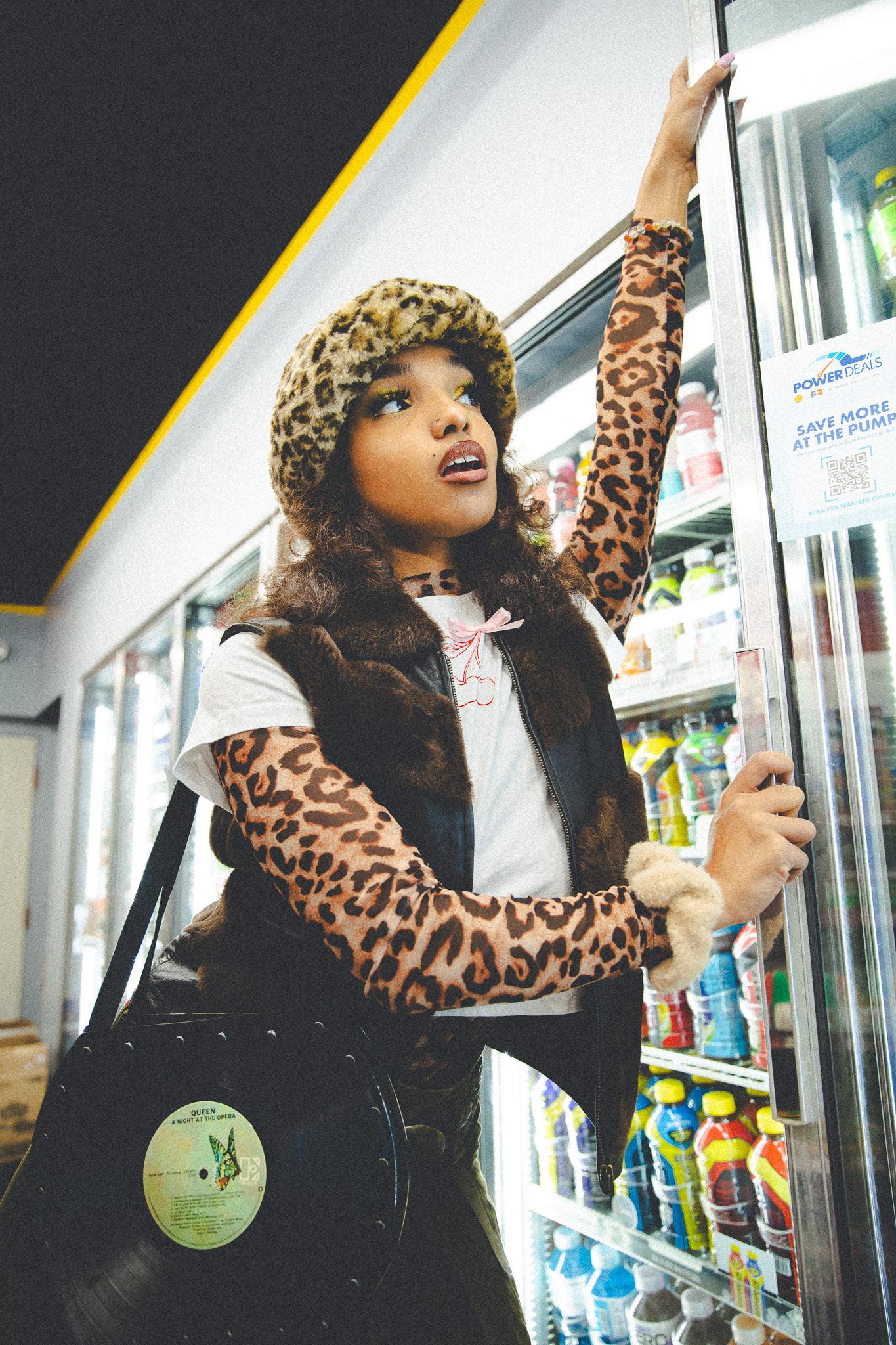


9



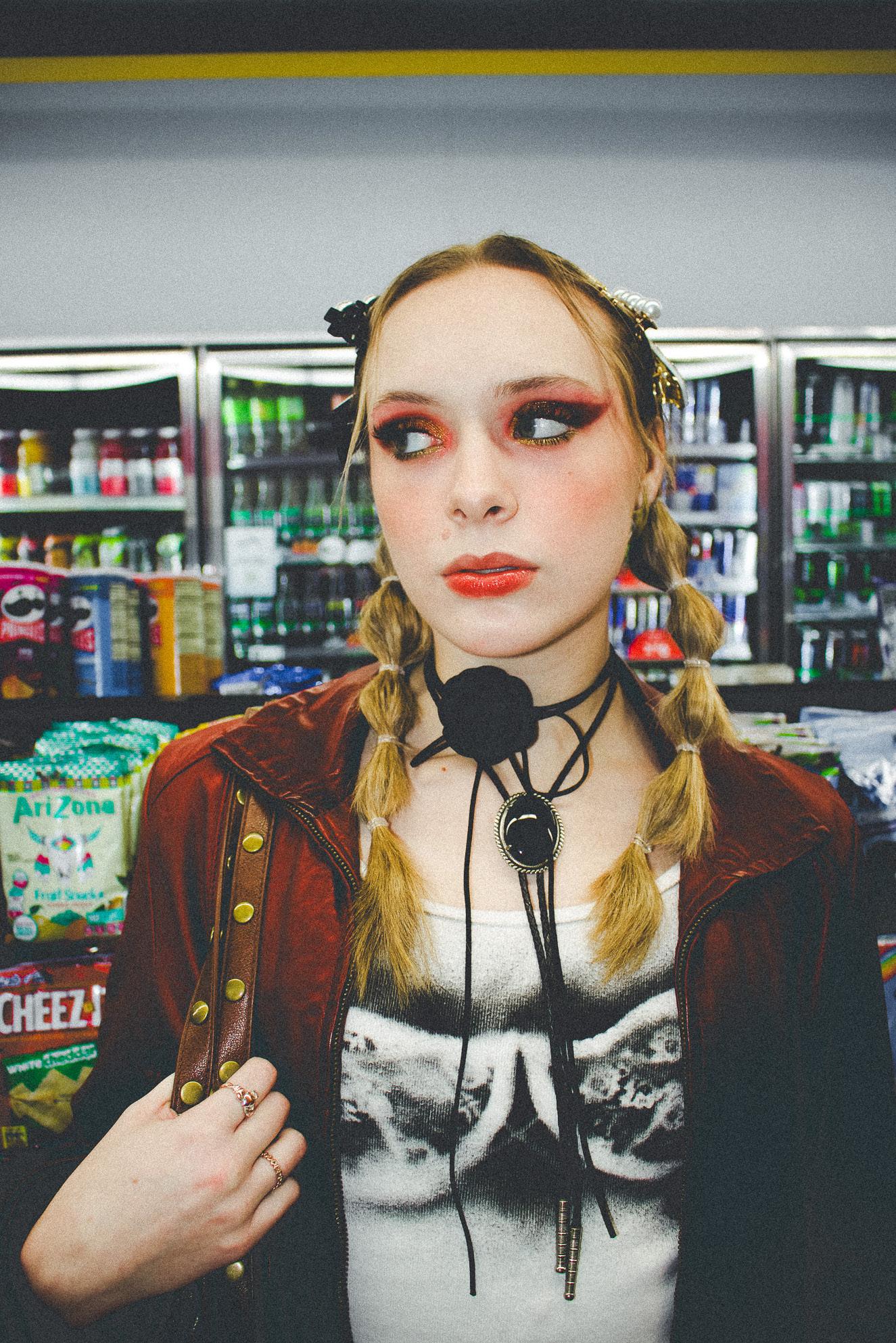
11

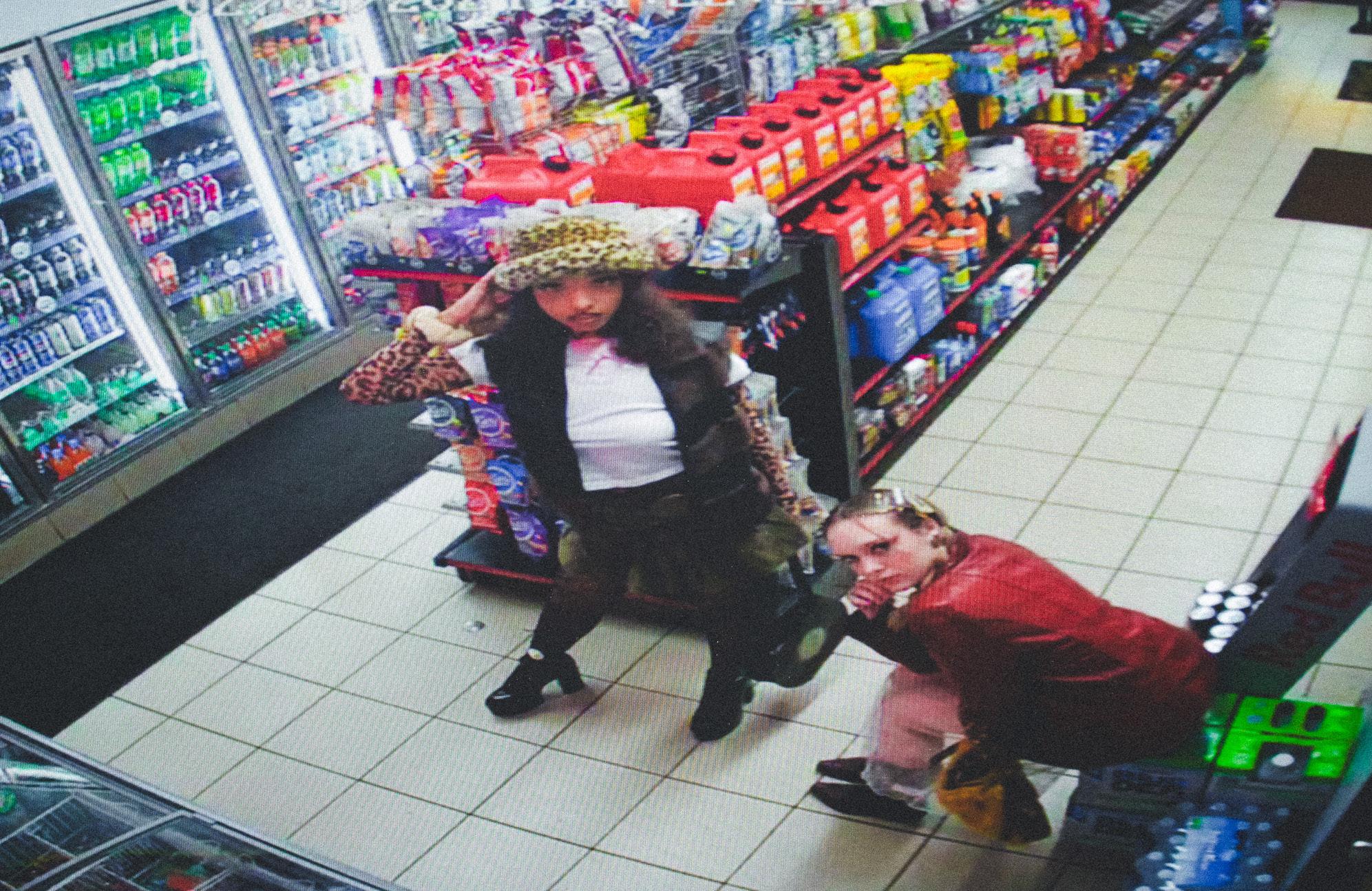
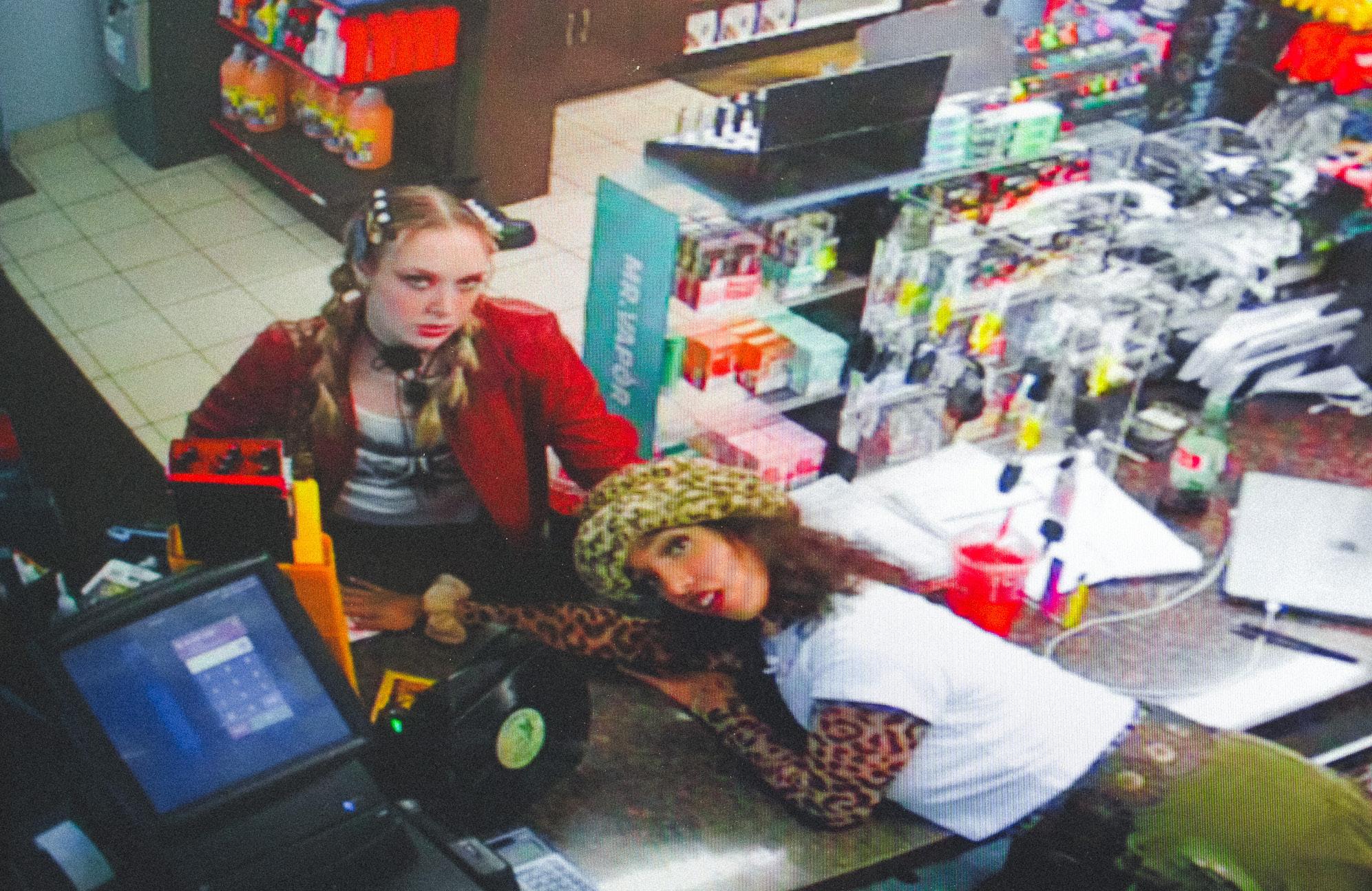

PHOTOGRAPHERS
CARLY NICHOLS
ALEX LAM STYLISTS
DANA GRAY
BOBBY CURRIE BEAUTY
DANA GRAY
BOBBY CURRIE
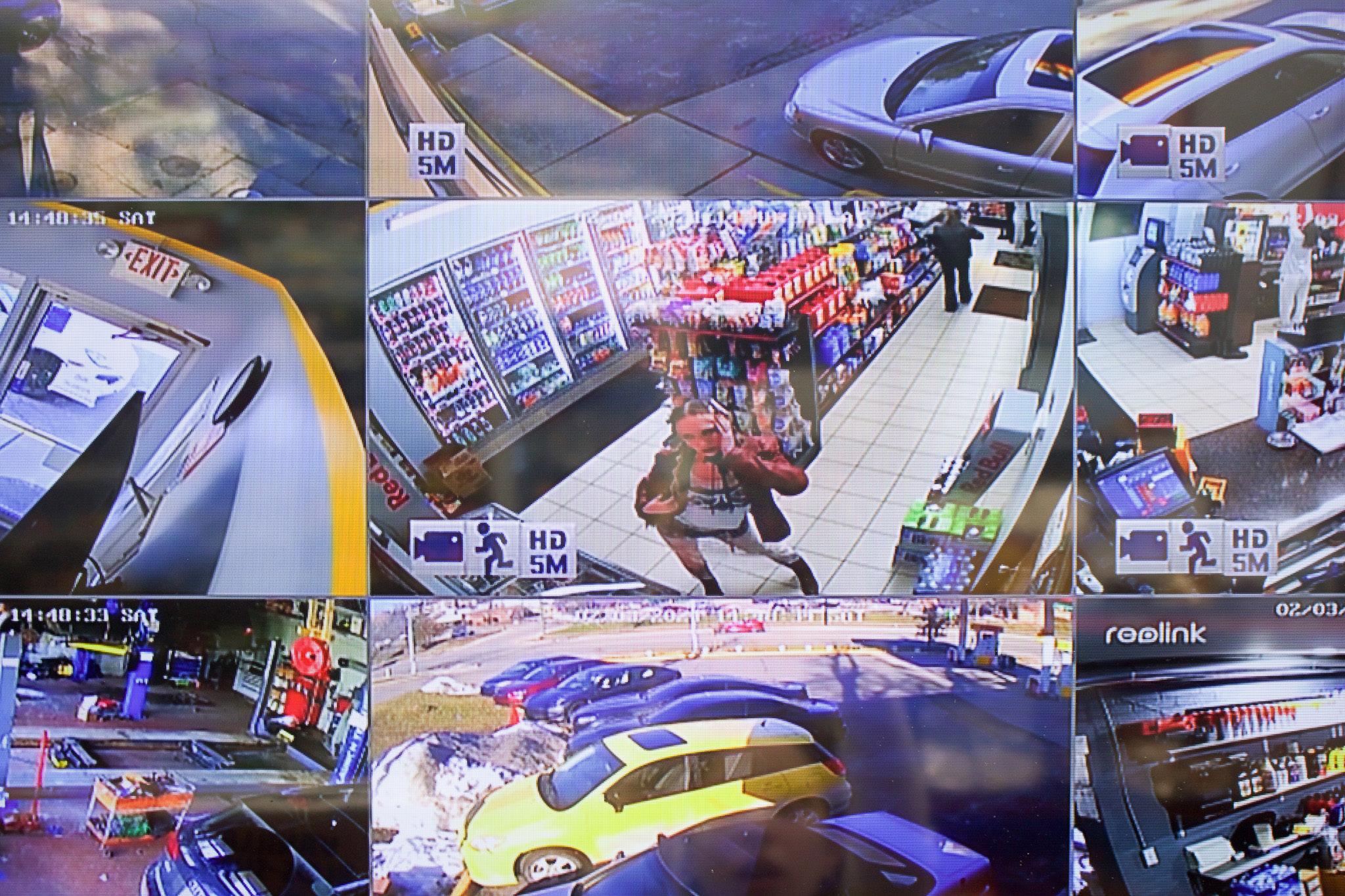
VIDEOGRAPHER
CARLY NICHOLS GRAPHIC DESIGNER
TIYA MADHAVAN MODELS
TAYLOR SHINE
ALYSSA HERNANDEZ

13
Cherry Baby Tee - @themaddcolllective by Madison Wallace Bra Shirt - Hailey Salmo
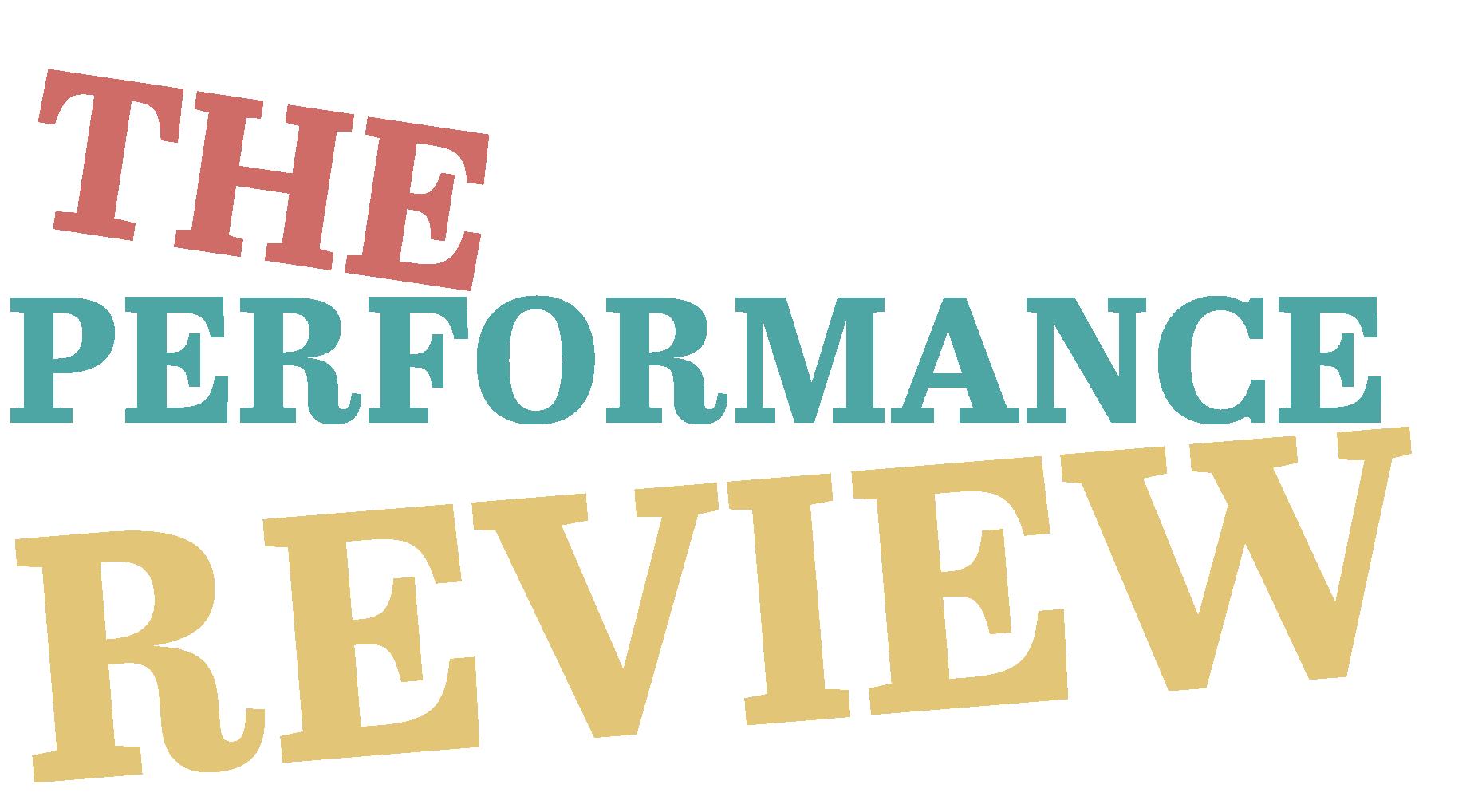
t’s reasonable to assume that there is an art to dating. In her mind, it’s a performance on both parts. Each encounter a delicate dance, a careful balancing act between revealing too much and not enough. And as is in a dance, every detail down to each toe tap and hair accessory is calculated and purposeful.
She kept this thought process in mind as she stared into the vast expanse of her closet. Which outfit would make the best impression? What type of impression would she like to make? A cocktail dress was overdressing, a sweater and tights under. Anything too short or tight may appear too forward, and she was confident that would be a poor play. An outfit with dressy pants could work, but she wanted to appear more feminine and graceful. Pants were out. Anything pink was too girly, she felt. A flowy, white, mid length dress in the back caught her eye and she plucked it from the hanger. Modest, but not prudish. Feminine, girly, but not too much so, and the perfect in between for the occasion. She followed this train of thought to decide on ballerina heels.
After many minutes spent on her hair and makeup, she stared at herself in the mirror, attempting to see herself from her date’s eyes. She felt she looked put together, or at least she hoped she did. The longer she stared, however, the more her facial expression seemed too unapproachable. She forced a small smile on her lips and a slight scrunch to her eyes, attempting to appear more friendly. Her hair, which was pulled back in an elegant bun, looked too formal. She fished the hair tie out from the mass and ran her fingers through her hair, allowing it to settle loosely before looking back in the mirror. She was just about to change her mind again when the doorbell rang. Because of her lapse in time judgment, she didn’t have time to decide on the perfect perfume, which was arguably the most important part of the outfit.
WRITER
MELISSA WERKEMA
GRAPHIC DESIGNER
MILCAH KRESNADI
She quickly ran through her options in her head. Nothing too artificial. Flowery perfumes are out. A fruity one maybe, but from what she’s heard, sweet scented ones are a date favorite. A vanilla cashmere seemed promising. After a spritz, she grabbed her purse and ran to the door, her roommate shouting “good luck” after her.
Her stomach rolled with anxiety. What if the outfit was too much? Or not enough? The perfume may not have been the best option, and she chided herself for not thinking about it earlier. She opened the door and smiled without teeth, as she didn’t want to seem too eager, and she wasn’t particularly a fan of her full smile. They walked down the steps of her apartment to the car waiting by the curb, engine running. Should she say something first, or is that coming on too hard? Of course, it’s important to make them comfortable and appear easygoing.
She asked about their day, remembering to make eye contact. Eye contact is the holy grail for first impressions. Her date smiled and began to recap their day while she recited her part in her head. Eye contact, smile, and nod. Coming across as interested and engaged is a crucial part of how her date perceives her. After a beat of silence, she realized they had asked her in turn about her day and she began to speak, adding in small pieces of information that while untrue, allowed her day to seem more interesting than it actually had been. She’s careful to respond with just enough detail to be interesting, but not too much to the point of oversharing.
After more conversation, her date asked her to put on some music to lighten the mood, and she felt a small amount of panic at the idea that the mood had to be lightened in the first place. Was it something she had said? Was she not acting comfortable enough?
I
Attempting to redeem herself, her mind ran through options for music. She’d have to play something famous enough that they’d know it, but also nothing too mainstream, as she wanted to seem more unique than not. And then there was the genre. Maybe R&B or an alternative indie would be suitable? Her final decision was an eighties station, and she felt a sense of both pride and relief when she saw them singing along and smiling.
Once at the restaurant, she found herself scanning the menu, finger on her bottom lip so as to appear deep in thought. In reality, however, she had already looked up the menu before arriving and had chosen a dish: a balanced plate with plenty of greens, the perfect combination of healthy and appetizing. She hadn’t wanted to take an embarrassingly long time to order. Once the waitress left with their orders, she began to ask her date some questions she’d thought of beforehand. Each question was carefully crafted to elicit a response, to forge a connection. With each question she observed her date’s body language and flow of conversation and felt more and more confident in herself and her performance. Multiple times throughout the night she took note of her slouch and corrected her posture, as well as her hair and the bouncing of her leg. She was hyper aware of each and every word that came out of her mouth, each word designed with the intent of appearing more likable.
When the night had wound down and they’d driven back to her apartment, she found herself standing in front of her porch. Her date leaned in and kissed her, much to her pleasure. Unfortunately, this feeling didn’t last long as she became aware of her own role to play. She tried to recall the last time she had applied chapstick and took note of her breath. She kissed them back, but each move was strategic, each brush of her hand and angle of her head a move made in hopes that it might take away from her chapped lips and blaring self-scrutiny. Eventually, after a small exchange of words and smiles, her date drove off. Something caught her attention in the corner of her eye and she turned to see her roommate’s face pressed against the window, smiling widely.
entered the house.
She thought about it for a moment, trying to remember anything other than her chapped lips and strew of worries. “I don’t know. I think my date liked it.”
“Did you?”
She paused, trying to recall what their lips had felt like, if they had tangled their hands in her hair or held her waist, anything outside of her own self surveillance. Nothing came to mind. “I think so.”
Later that evening she received a text thanking her for an enjoyable evening and asking her to meet again soon at a different restaurant. It was a success! She now had something to show for her performance. After momentarily reveling in her pride, she started to envision their next date, searching up the newly suggested restaurant and beginning to read the menu.

“How was the kiss?” they asked as soon as she
15
Infrared


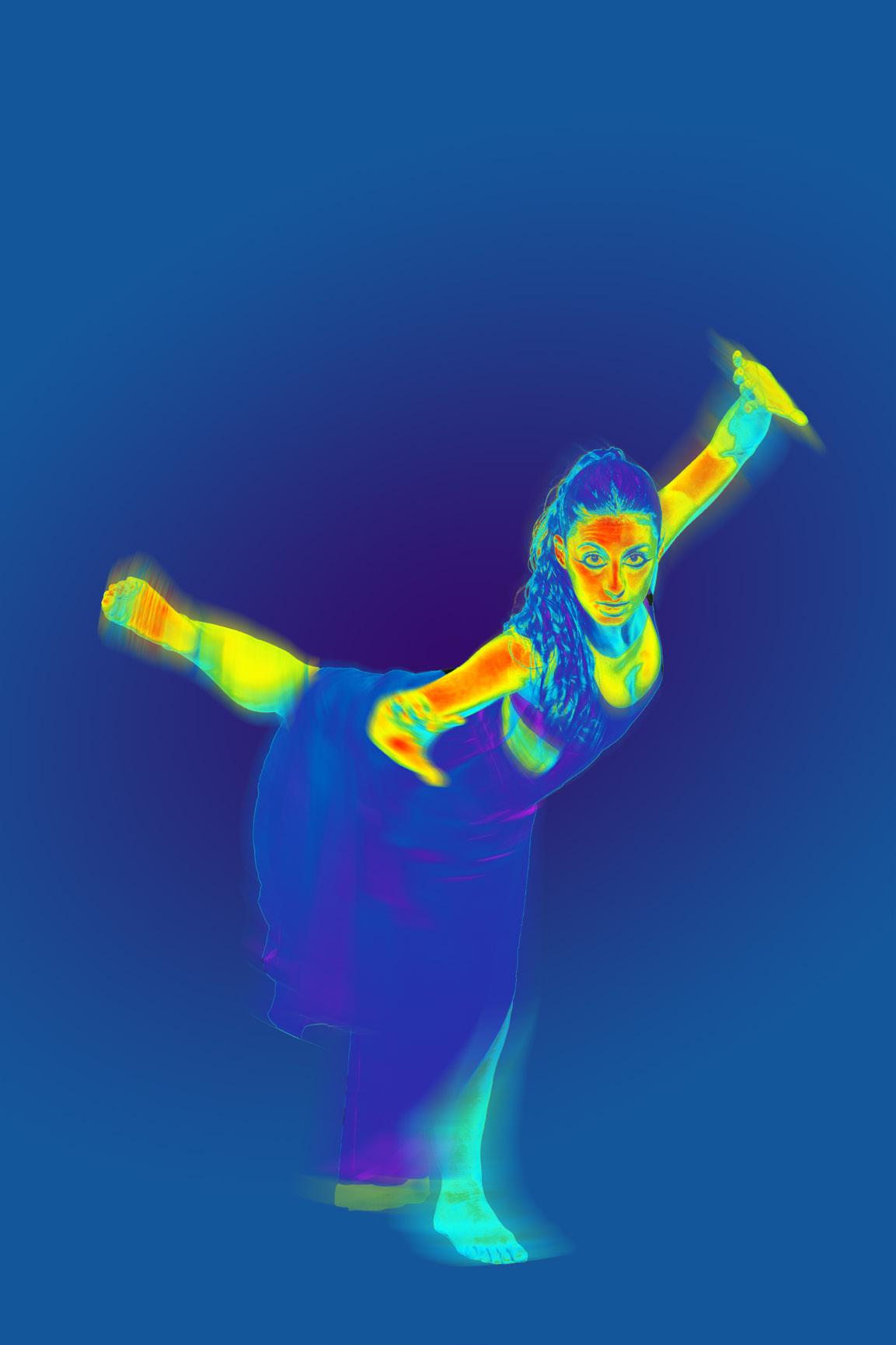
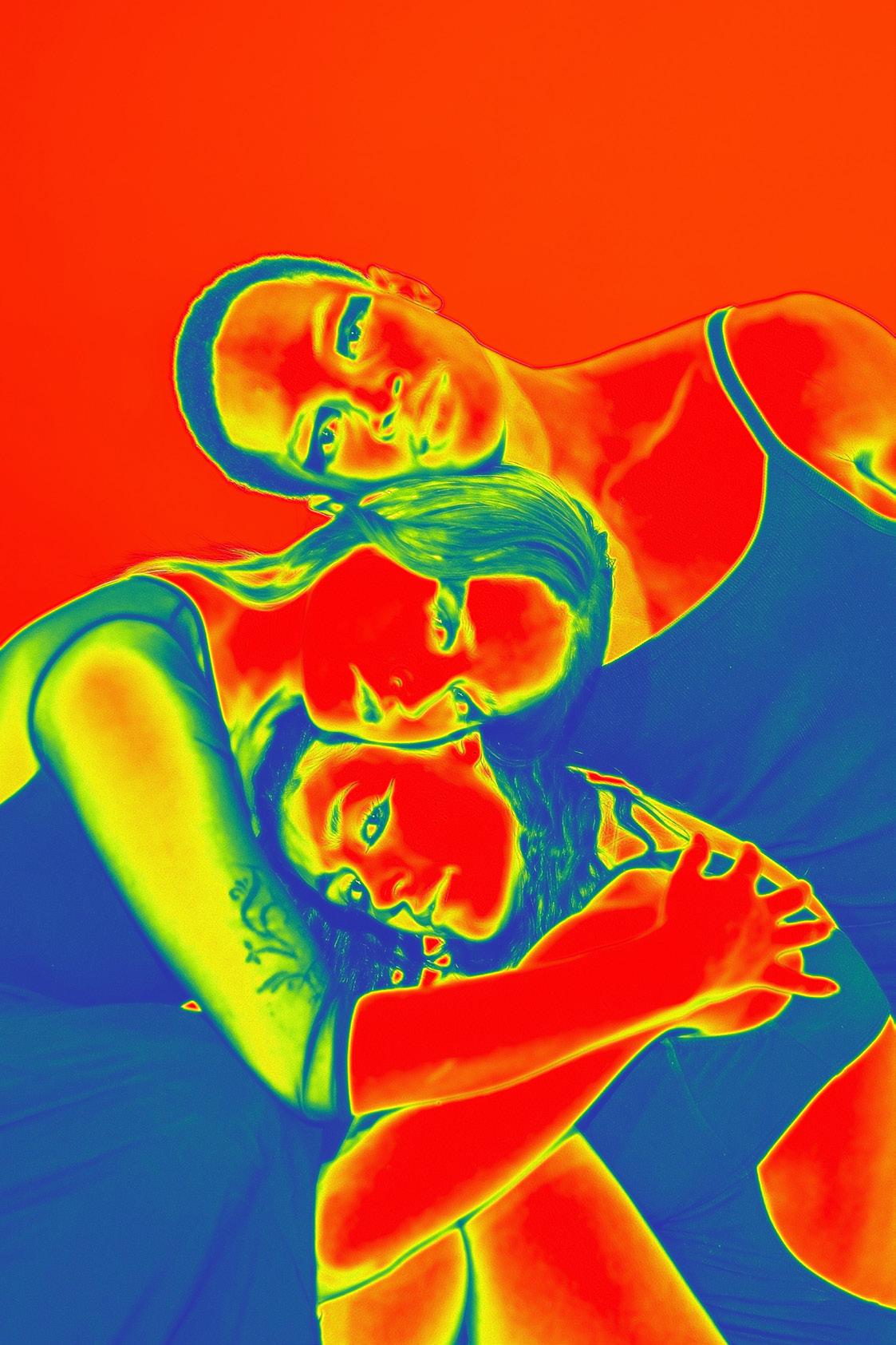
17


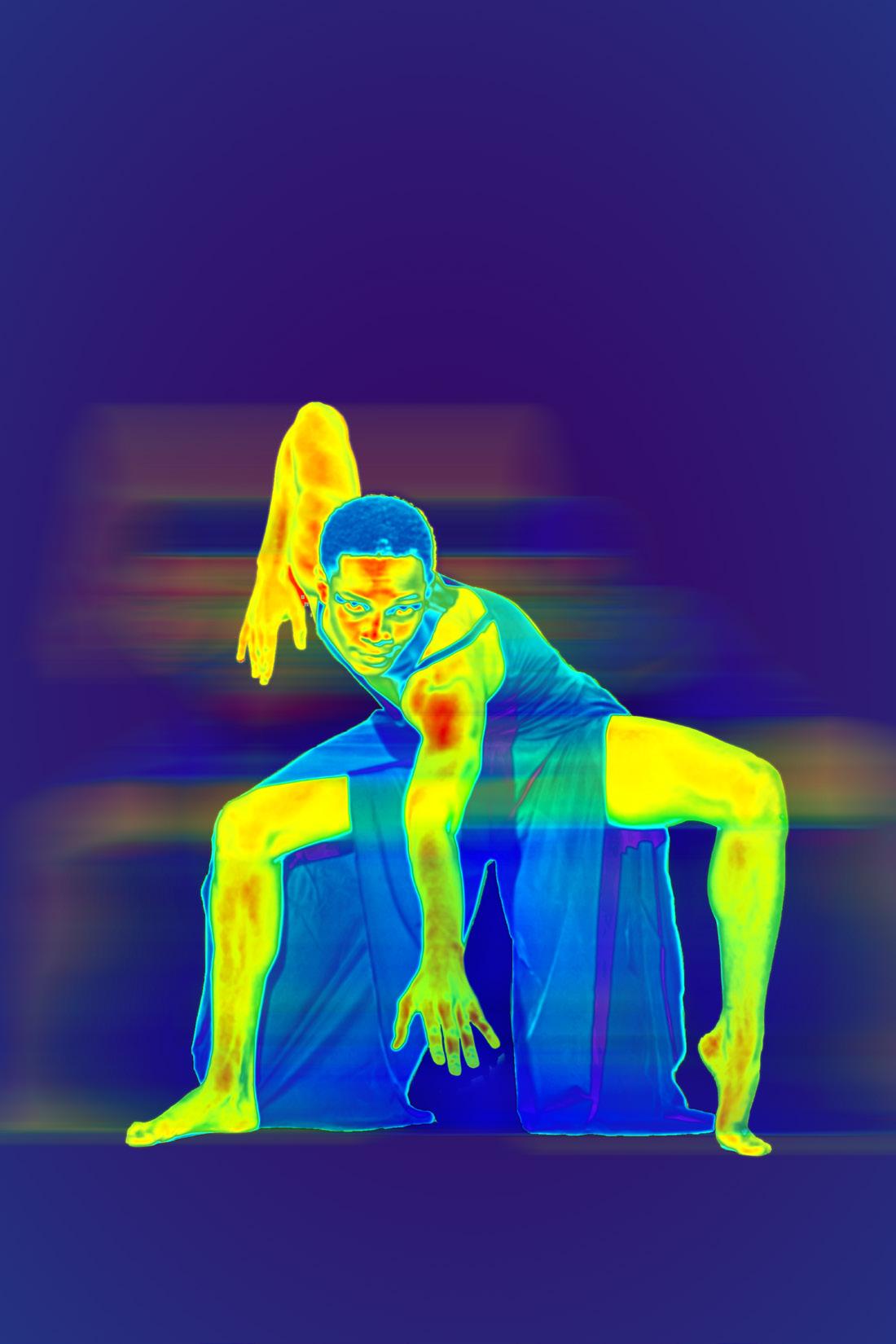

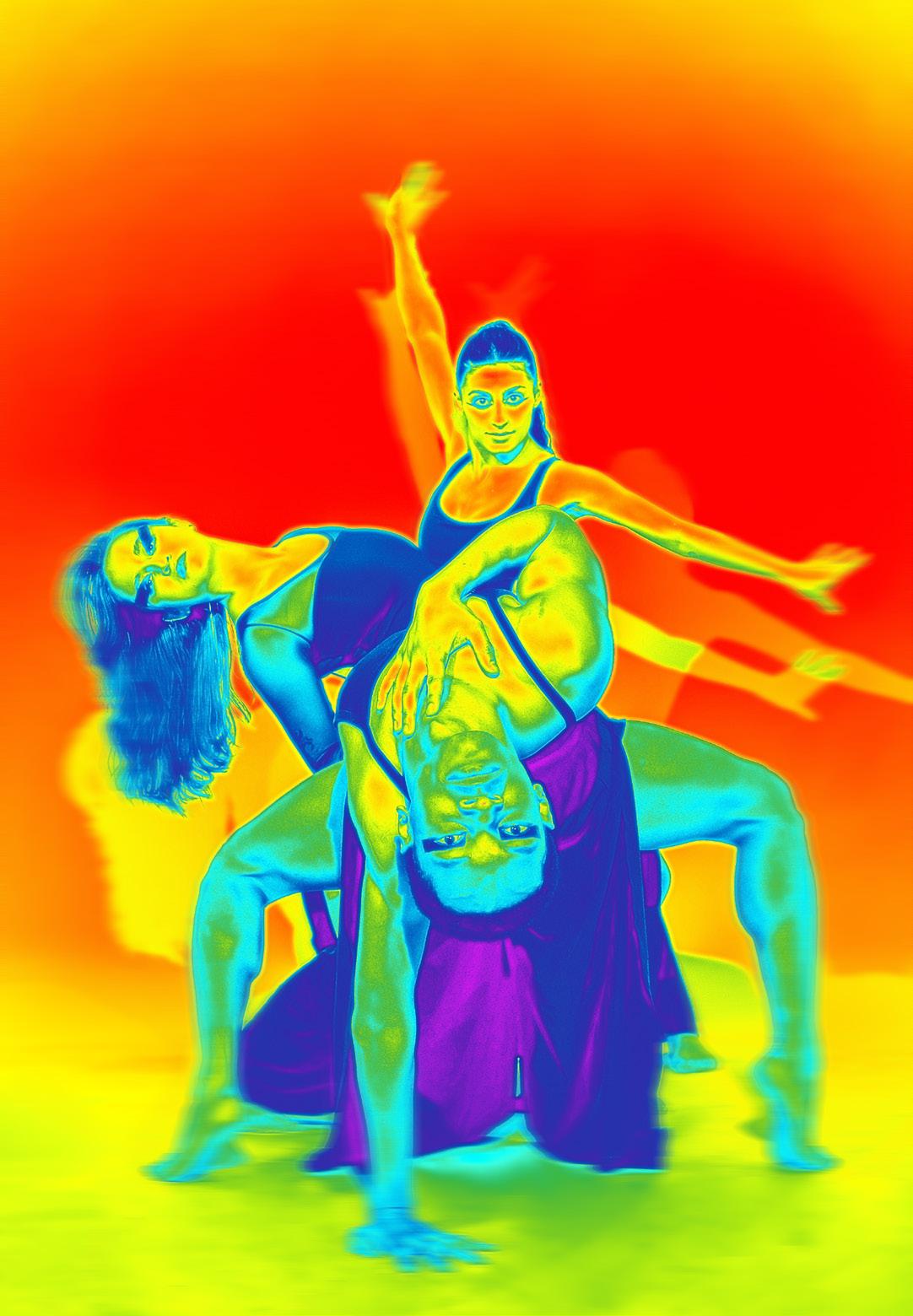

19

PHOTOGRAPHER
SINYU DENG
STYLISTS
DANA GRAY
BOBBY CURRIE
BEAUTY
DANA GRAY
BOBBY CURRIE
ABBY RAPOPORT
GRAPHIC DESIGNER
KATIE KELL
MODELS
LOGAN SAAD
JACKSON KANAWHA PERRY
MADISON ROGERS
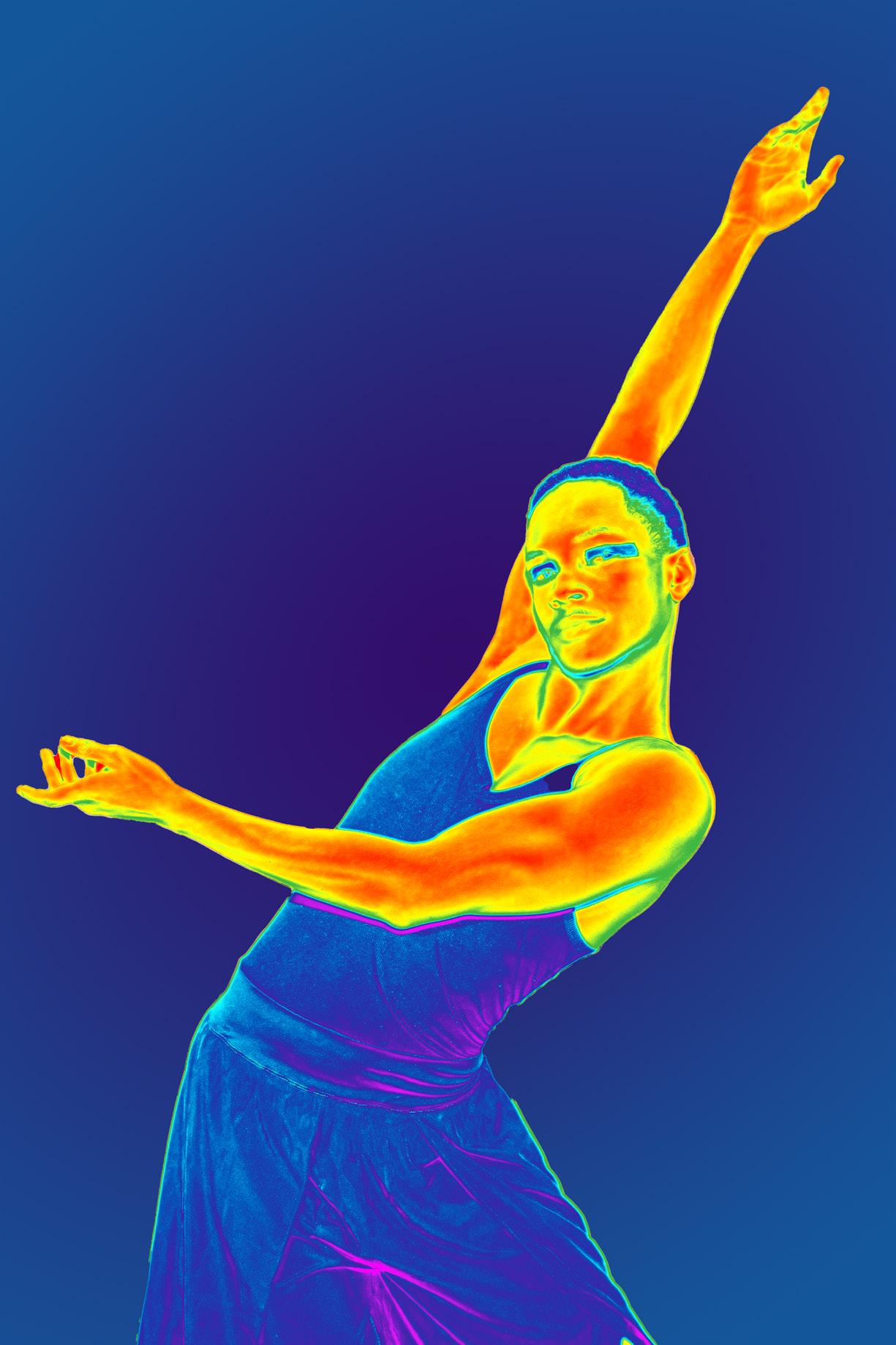
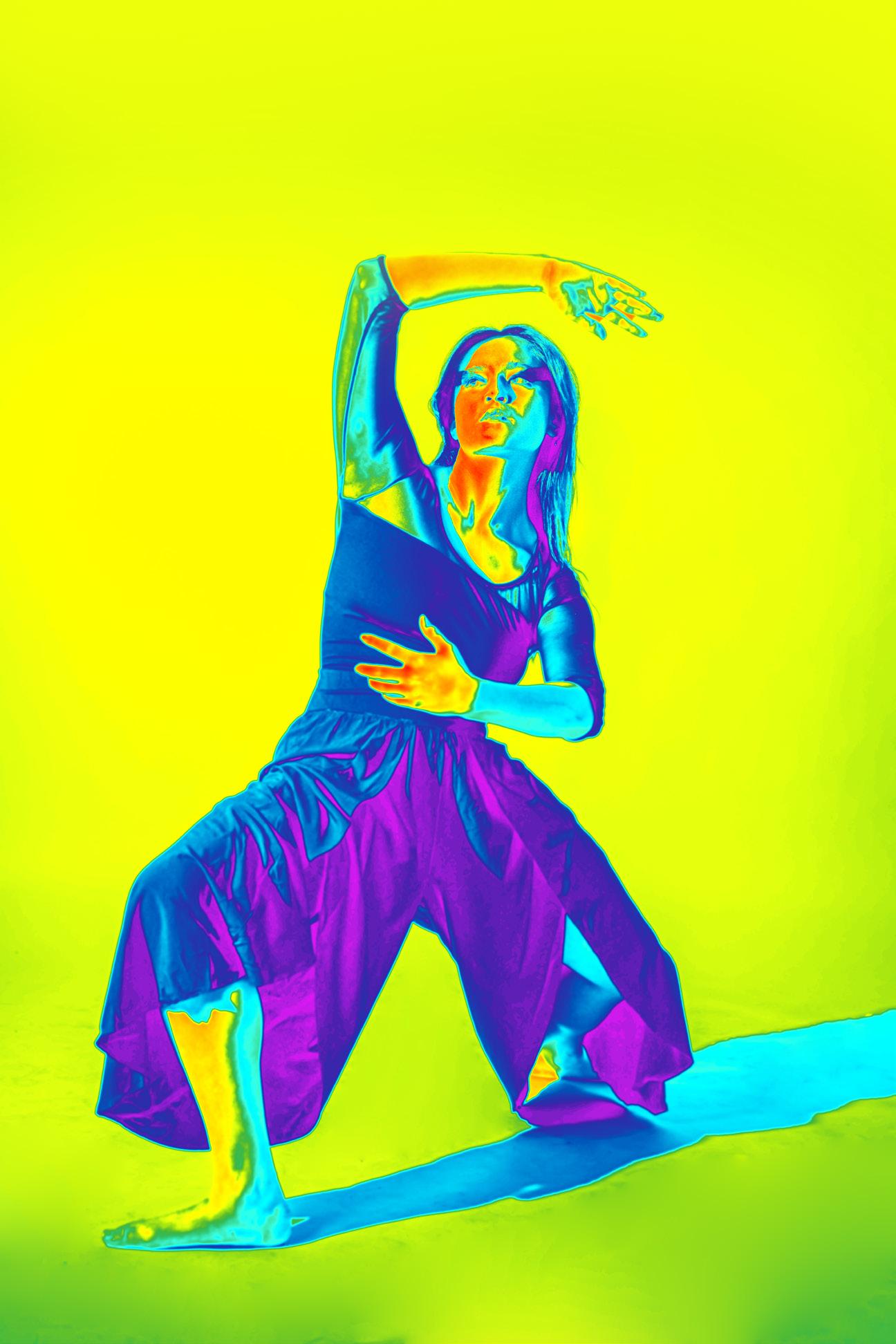
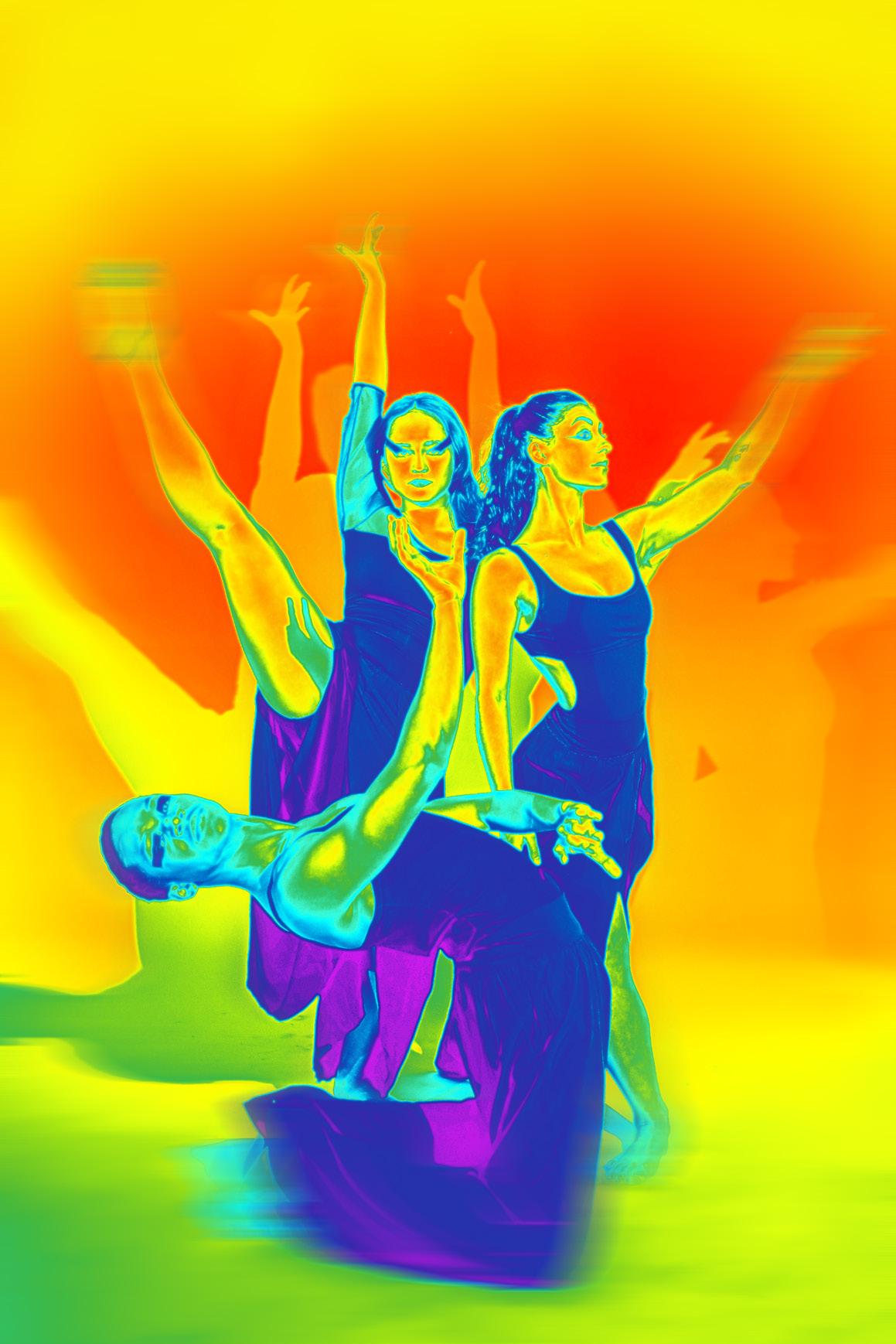
21

OR NOT READY
In public settings, recordings are permitted.
We’re playing a simple game of hide and seek, a match unbeknownst to its players. Hiders exist in plain sight, enjoying nightlife on an ordinary Saturday, as the seeker loiters at a bus stop across the street, watching as the night unfolds.
If you zoom in, you’ll find a man, likely in his early forties, smoking a cigarette outside of a packed bar. He wears dark-washed jeans and a short-sleeved button up, two buttons undone. Leaning his back against the cool wall, he stares blankly into the distance. Meanwhile, music muffled by aging brick vibrates the surrounding atmosphere, and the camera dares to threaten the function of the human eye.
But it fails to capture how the wind carries the scent of a hybrid strain, his cheap cologne crossbred with whiskey and smoldered tobacco crowding the narrow street. The subtle tan lines on his finger, indicative of a broken vow, blurred by the dark sky with neon lights. You can’t help but wonder what led him here. Perhaps he’s a serial cheater; his wife, a woman naive enough to think that he would change. Or maybe he’s a recent widower, a man suspiciously eager to move on. Either way, your glare lingers long after his cigarette burns out.
He reaches to light another as two young girls stumble out of the nightclub a few doors down. One stands around barefoot, heels in hand, while the other frantically rummages through her bag. The frame is drawn toward her panicked looks. You assume her next steps will be important to the game.
She pulls out an ID, which was probably sitting in the pocket that she’d checked a million times over, and breathes a heavy sigh. Her sudden
relief makes you think it’s real, but the faded photo and faintly peeling corners lead you to believe otherwise.
When the two suddenly begin to wander down the road, you’re certain that they’re making a mistake. The cracked sidewalk lays on an incline so the girls walk slowly and carefully, but they continue to sway from side to side. You can’t tell if it’s from the rough terrain or lingering alcohol. Regardless, you cringe at every step that puts them closer to the bar.
You notice the man checking them out as they come near and you imagine what he’s thinking. You’ve encountered men like him before. They have a tendency to hover around vulnerable young women, like tigers stalking their prey, waiting for the moment to pounce. If a girl is drunk enough, the man will either decide to approach and touch her inappropriately or pull out his phone to capture her in an exposed state.
Someone who’s never experienced the latter would think that it would be less haunting. But the moment you realize what’s happening, or what’s happened, brings a sick feeling to your stomach. You can’t help but imagine what they’ll do with the footage, or where the footage will end up. You regret going out, drinking, wearing what you wore, having fun.
The person behind the camera holds a power that the person in front of it lacks. They get to dictate perception. They get to view you in a way that you can’t control. They get to rewind the footage, watching it over and over for their own benefit, while you’re tormented by the memory, constantly replaying the moment inside your head.
So you turn it around. You carry a camera with you because it makes you feel powerful.

It overwhelms you with a foreign sense of agency. It almost feels wrong. But you turn it into a game, and you—pretend.
You just can’t look away.
Ever so slightly, your eyes begin to water. The sensation burns your corneas, the dryness disrupted by blurriness. As you instinctively reach to rub away the pain, the camera fumbles from your hands and hits the pavement. All of a sudden, the music loudens and the ground thumps from the bass, like the crashing of the lens on loop.
Blinded, you kneel down, feeling around for what you’ve lost. Your fingertips graze the rough concrete until they come into contact with smooth plastic and metal. Standing up, you lift the camera to your face and wince in an attempt to open your eyes.
You blink rapidly. A large, rowdy party is flooding out of the nightclub. You’ve lost track of the two girls.
You blink a few more times. The camera searches left and right, left and right. You zoom in, panning from person to person.
You blink once more. You scramble to focus the scratched lens and once your vision clears, you find him. The man, cigarette still in hand, blows out a puff of smoke and stares straight into the lens.
His glare sends chills down your spine and his scent, diffused by the wind, burrows in your lungs. You can only bear to view him through the camera but your hands, sweating and trembling, nearly allow it to slip from your palms. You wonder when he’d noticed.
He stands up straight, adjusting his shirt with his free hand. Leaning down, he takes one last puff, twists the cigarette against the worn brick, and flicks the butt
WRITER
LYNN DANG GRAPHIC DESIGNER
MARGARET LAAKSO
toward the side of the road. A cool breeze extinguishes the last of the ember.
The night seems to slow. The large group has dispersed and only a few people remain outside. You never seem to figure out what happened to the girls.
The man inhales deeply before taking a step forward. You almost believe he’s coming your way but instead he turns, headed toward the entrance of the bar. You take this as a chance to lower the camera, a chance to observe him with your own eyes.
At the door, he hesitates.
Following the pause, he unexpectedly looks over his shoulder and, for the first time, his eyes meet yours. Your heart drops to your stomach, as if his gaze was a threat.
He sees right through you.
After a moment, he turns his head back around and wanders inside, allowing the door to shut behind him. You look down at the object in your hands and you’re instantly filled with guilt and regret. You think about the two girls and wonder if you should’ve hit record. Maybe the camera would’ve captured where they went amidst the chaos.
You question if anyone would see him the way you see him, or the way he saw you. You try to shake the bad feeling away, but he haunts you in the back of your mind. It was only supposed to be a game, you tell yourself.
It was only a game.


23

CUrateD Realities
WRITER EMERSON MCKAY
GRAPHIC DESIGNER EMILY SUN


In an era dominated by online connectivity, the desire to present an idealized version of oneself has become a common practice on social media. This inclination has given rise to a more modern form of self-surveillance, where individuals meticulously analyze and craft their digital identities to align with societal expectations. In attempts to combat the expectation for a perfect online persona, social media users are making efforts to post more informally, and seeking refuge in alternate digital havens, like second and more private social media accounts. As we navigate this digital terrain, we unravel the implications of living for social media and the impact of self-surveillance on our understanding of identity.
For as long as social media has existed, there has always been a desire to curate an ideal life for the perception of others. At its core, the quest for a perfect digital image reflects a key aspect of human nature—the need for validation and acceptance. The fear of judgment and the longing for social acceptance lead to a constant evaluation of one’s online presence through the lens of the perceived expectations of friends, family, and their broader social circle. The curated digital identity becomes a performance that individuals believe will resonate positively with their social following, reinforcing a sense of belonging and connection in the digital community. In the earlier days of social media, Myspace users would stress themselves out over picking the perfect song to represent them on their profile. Similarly, the now vintage phrase of doing things “for the Vine” reflects an era when people went to great lengths to capture attention-grabbing and shareable moments, showing the persistent need of curating for social media. Today, people often worry over whether pictures are deemed “Insta worthy” or not, revealing a contemporary obsession with garnering likes and followers as a measure of online approval. In attempting to showcase oneself in a carefully constructed light, individuals find themselves immersed in a constant evaluation of how they are perceived, often looking at themselves through the eyes of others. This self-surveillance could be shown by obsessing over and comparing things as simple as the theme of your profile to others, how aesthetic your posts are, or even comparing the way you look on your profile to how others may look on their profiles. The timeless struggle of presenting an idealized version of oneself illustrates the complex relationship between self-perception, societal expectations, and the evolving landscape of digital expression. As we navigate these complexities, it remains clear that the yearning for a flawless profile goes beyond the internet, but instead has roots in our self-awareness.
To shift the paradigm, people have tried numerous ways of getting social media to seem less fake. In 2017, Instagram launched a new feature allowing users to switch between multiple accounts on the same device. People used this feature to have a main account, and then
a second and more private account, commonly referred to as a “spam” or a “finsta.” These second accounts would usually be private with only a person’s closest friends following. The posts could be anything from photo dumps to photos of their interests, often with more raw and authentic intentions behind them. This style of account quickly rose in popularity, allowing people to break away from the constraints of having a carefully curated image on their main accounts. A second account serves almost as a coping mechanism, offering a space for individuals to share their lives genuinely and without the fear of perception. Fan accounts also embrace this desire to share their interests with lack of judgment from others, often being anonymous. Whether it’s dedicated to a favorite celebrity, a beloved TV show, or a niche hobby, fan accounts become a place for users to celebrate and share their passions without the fear of judgment. In both cases, the creation of these alternative spaces shows how important authentic expression is to people.
This trend of posting more informally even extends beyond an independent level; in late 2021, people on Instagram and TikTok called for collective efforts of bringing back “casual posting” on social media. The very notion of having to normalize casual posting prompts introspection—why is there a societal expectation that controls the way we share our lives online? This seems even more relevant with the creation of apps like BeReal, specifically created to try to force people into being more authentic on an online platform by randomly notifying users to post at any given time in a day. However, people still manage to curate their BeReals by posting them late when doing something deemed as cool, rather than actually in the moment. The way that users still end up curating their lives on BeReal raises concerns about the persistence of self-surveillance and societal norms even in spaces designed for authenticity. These dynamics shed light on the evolving nature of digital self-presentation and the intricate balance individuals seek between authenticity, vulnerability, and societal expectations.
The deliberate concealment of certain aspects online, driven by the desire to control how one is perceived, introduces a weird nuance to the concept of authenticity. Whether through the meticulous curation of social media posts, or by creating other accounts, users unwittingly acknowledge the online space being a canvas for projecting an idealized version of oneself in alignment with these deeply ingrained norms, perpetuating a cycle of selfsurveillance driven by societal expectations. Ultimately, the choice to be authentic in a world so driven by perception is a powerful declaration of self-worth and a step towards genuine connection. Embracing imperfections, allowing yourself to be vulnerable, and acknowledging that societal expectations are not as important as they may seem can break the cycle of toxic self-surveillance that comes with social media, and encourage others to do the same.
25
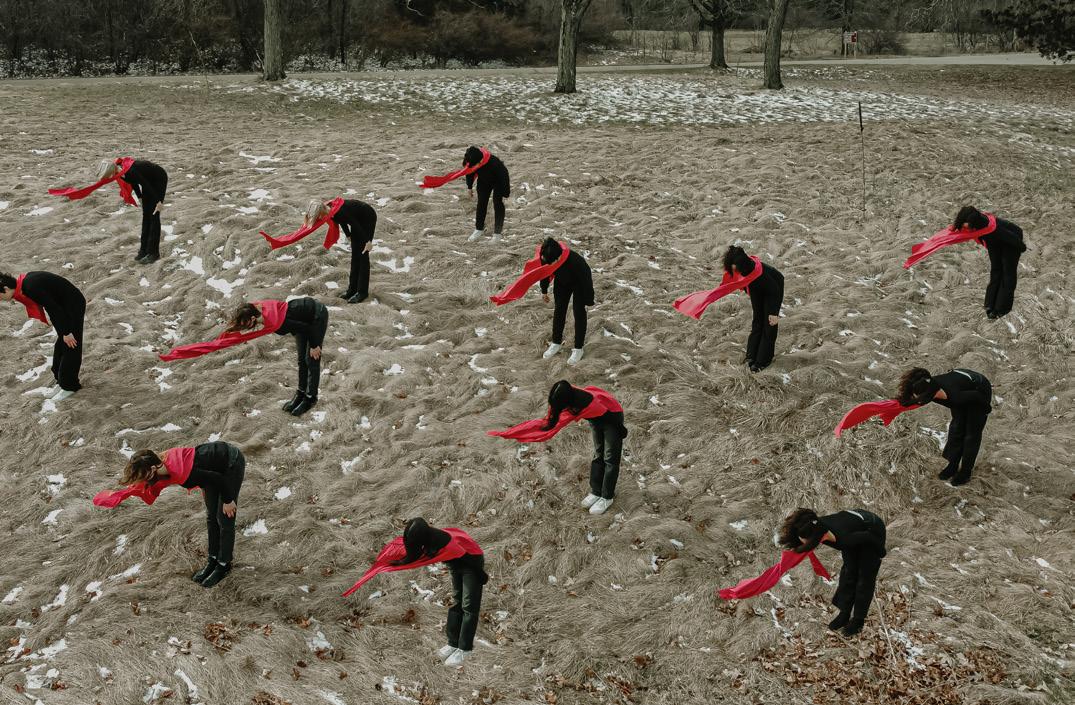
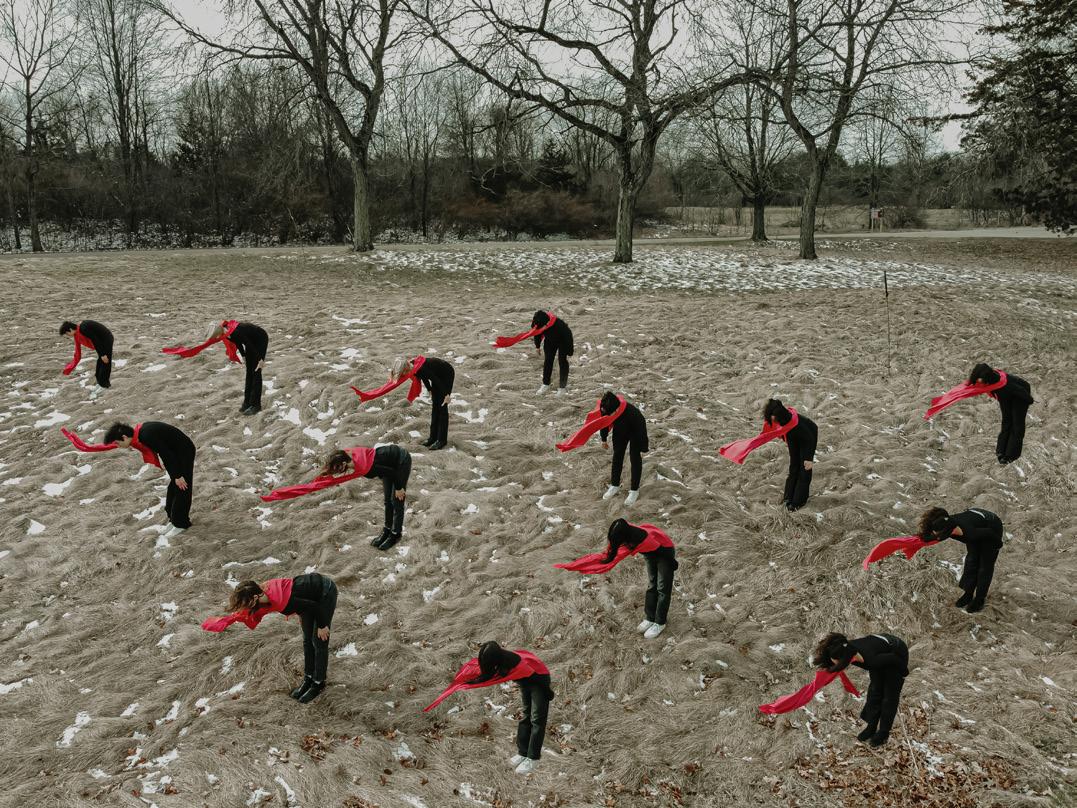



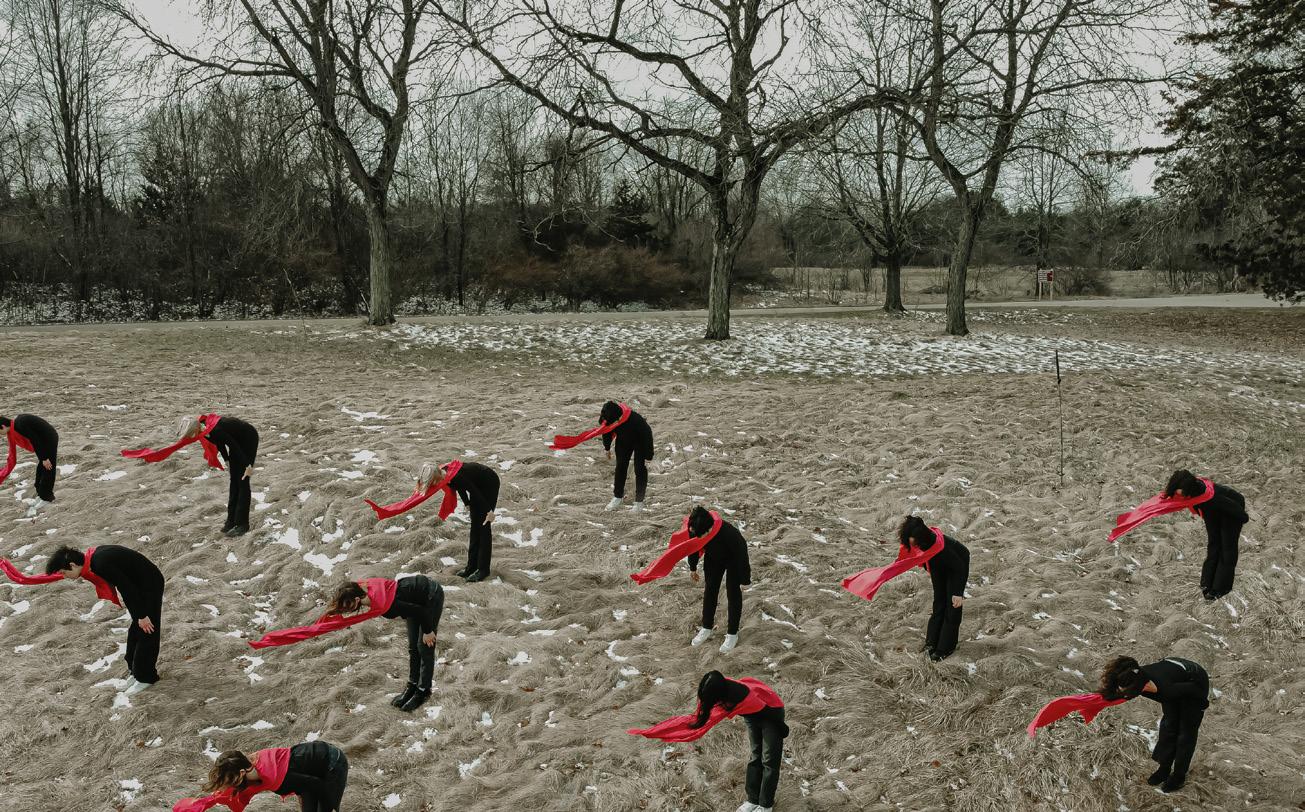

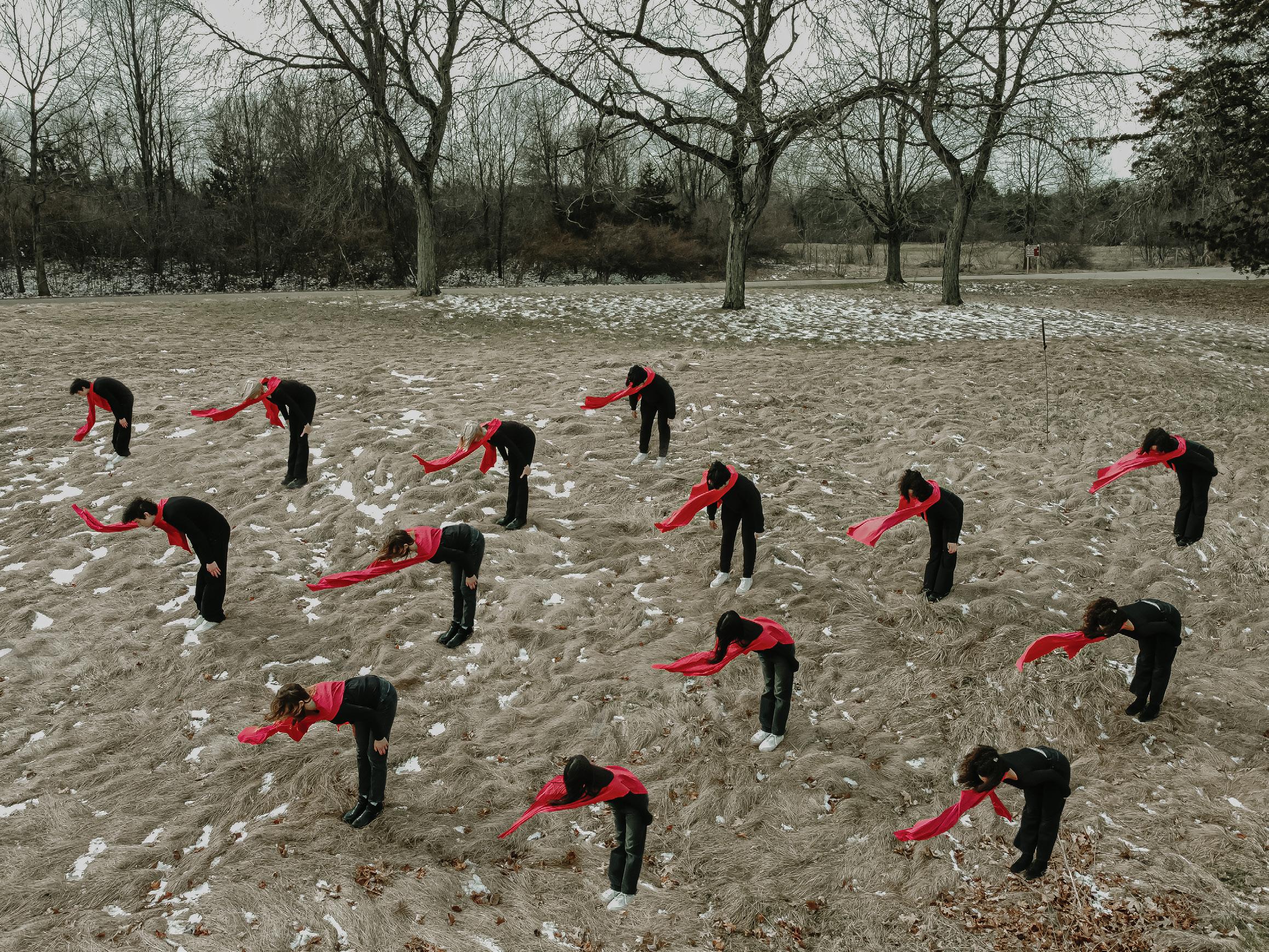

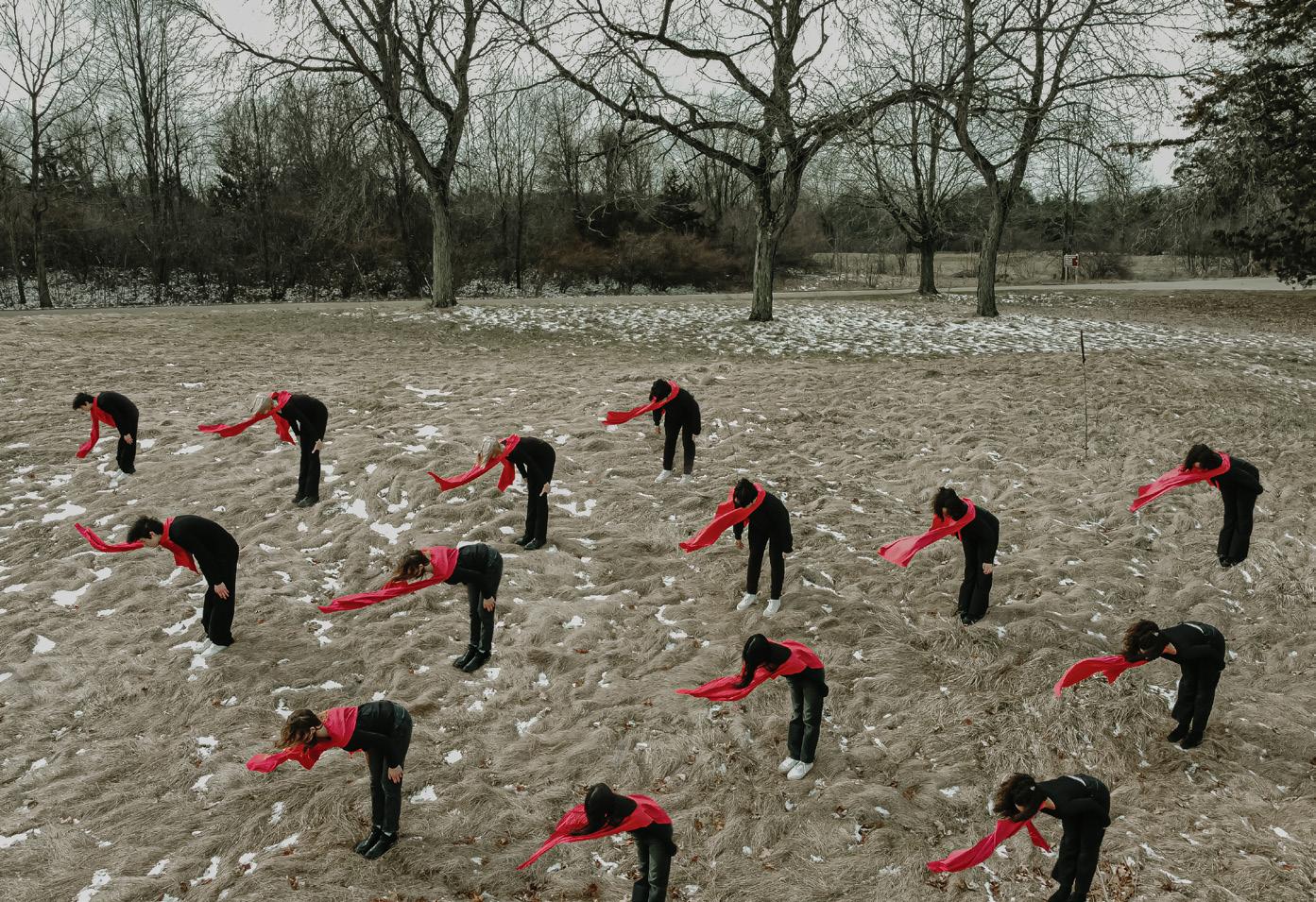
CONCIOUSNESS COLLECTIVE COLLECTIVE
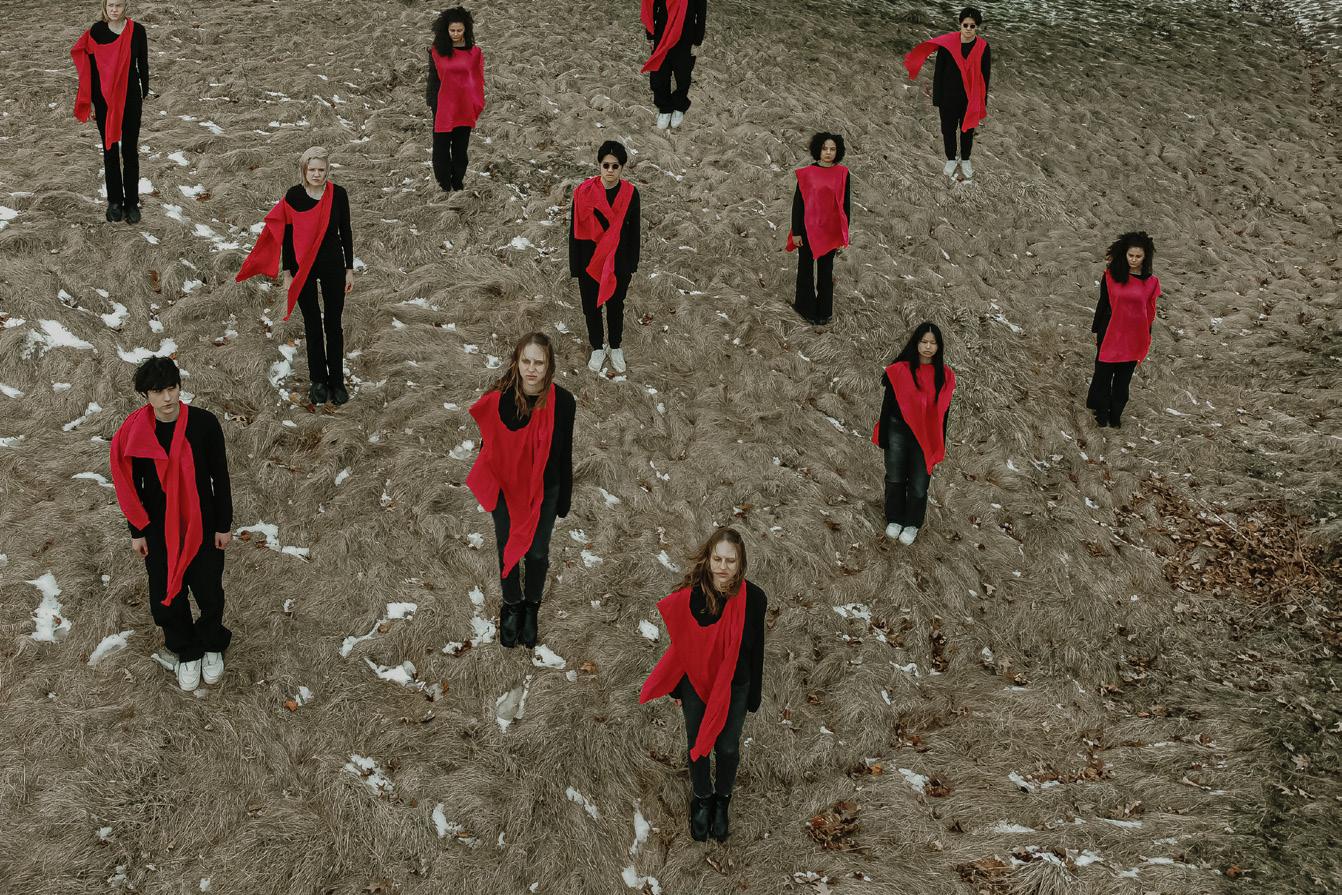





CONCIOUSNESS
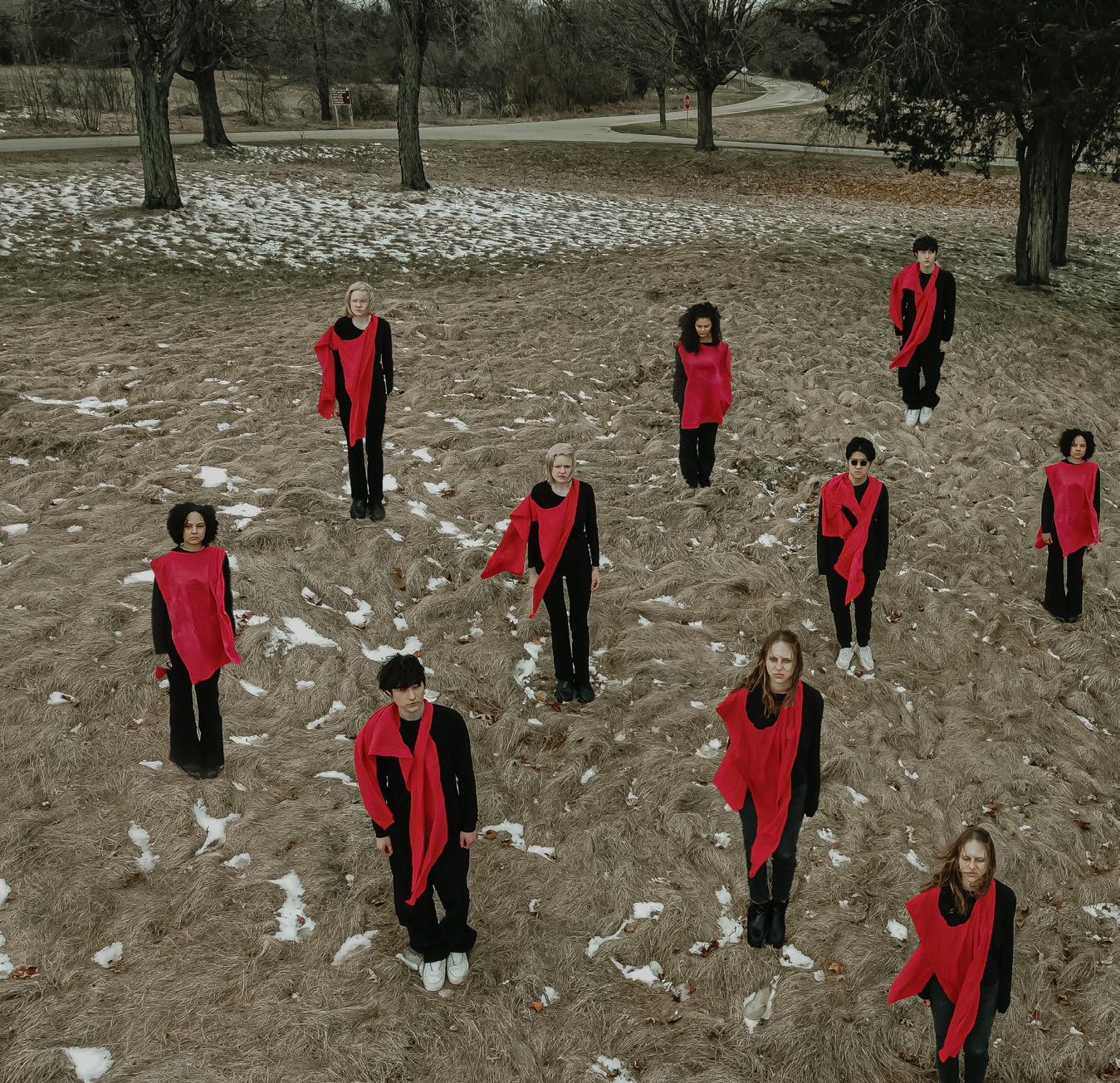
CONCIOUSNESS
COLLECTIVE 27



************* *************** *************



*************** ************* ************* 29


PHOTOGRAPHER
SINYU DENG
JINGZHUO FANG STYLISTS
DANA GRAY
BOBBY CURIE
ABBY RAPOPORT
VIDEOGRAPHER
CARLY NICHOLS
GRAPHIC DESIGNER
MARGARET LAAKSO MODELS
ADIL NAZAROV
MARGARET LAAKSO
MARK ZHU
ANNA STEVENS
MALLORY MOORE
BROOKLYN BLEVINS
CHLOE MANOS


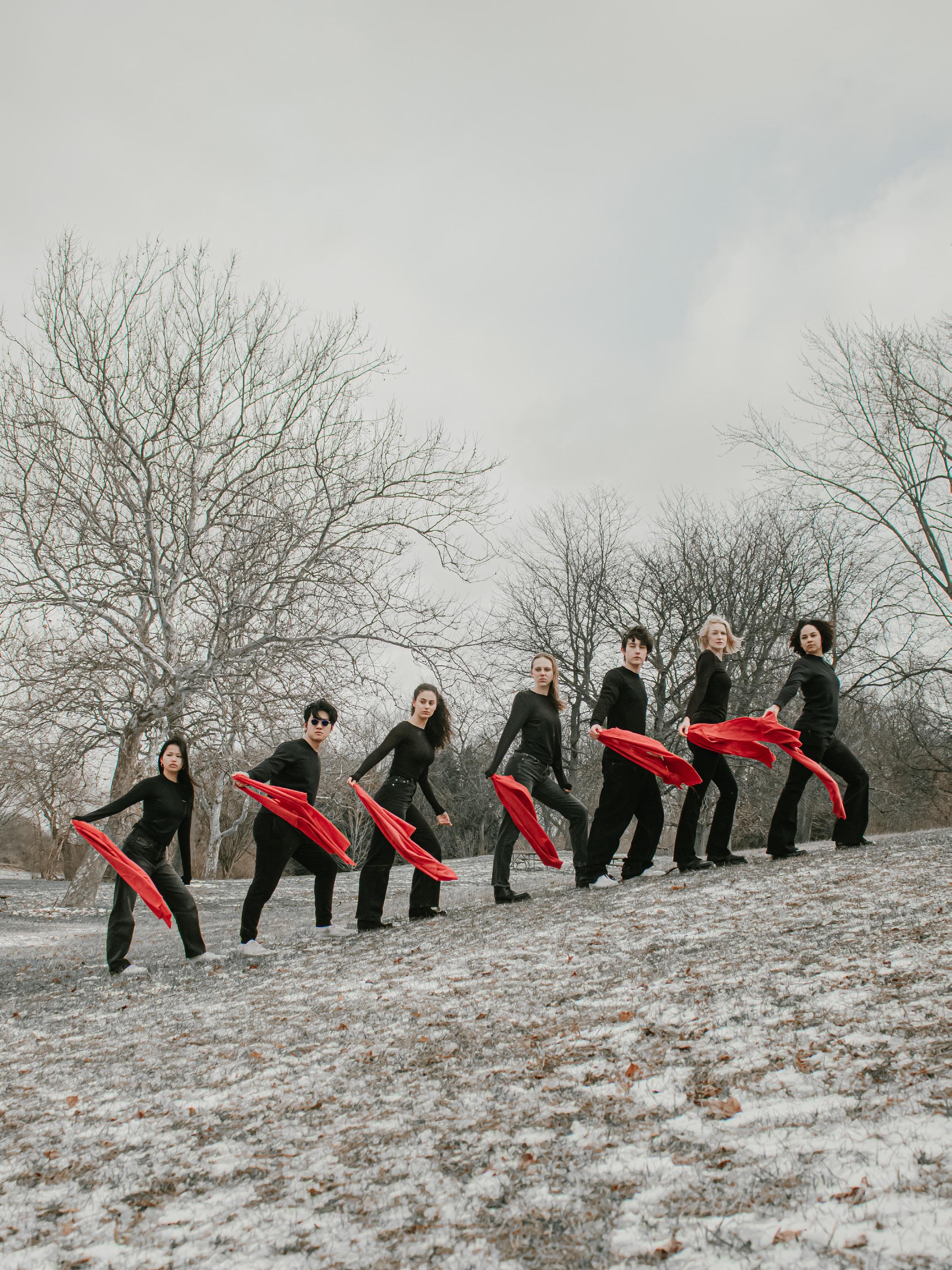
31


Just last week, I made a classic college kid mistake. In a half-conscious, alreadyexhausted-before-the-day-had-evenstarted state, I snoozed my painstaking shrill iPhone alarm and promised, to no one in particular, that I’d just sleep for five more minutes. Only, the next time I opened my eyes, an entire hour had passed. The clock disastrously displayed 9:55 AM which meant that my 10 AM English class that I was already supposed to be sitting in started like now. In my rush to leave the house and get to Mason Hall as fast as humanly possible, I only ran a brush through my tangled bedhead twice. I think it’s important to admit that usually, I don’t leave the house without my hair done and at least a dusting of concealer and blush on my face. Honestly, it’s more of a routine thing than any concern for appearance but as I sat in class, decaffeinated, bare-faced, and slightly flustered from speed walking a half-mile, I could only focus on the overwhelming feeling in my stomach: that everyone was looking at how messy my hair looked.
Of course, when I escaped to the bathroom during the ten-minute break my professor generously grants us halfway through each class, the mirror displayed a perfectly fine head of hair. I wasn’t red-carpet-ready by any means but it looked very much okay. I had spent the last forty-five minutes fretting and fidgeting for no good reason at all, and maybe cost myself any chance of understanding the complex Robert Hass poem I was supposed to be tackling.
It’s that same feeling as when you finish ordering in a coffee shop and you’re desperately trying to shove your spare coins back into your wallet as quickly as possible before you accidentally hold up the line, and the barista isn’t saying much and there’s just that horrible, painstaking awkward moment that passes by while, internally, you’re filled with complete and utter panic. In reality, no one actually cares that you’re taking a few extra seconds. The anxiety is primarily self-inflicted but, I concur, that doesn’t make the feeling any less horrible or any less real. Back in 2020, TikTok coined the constant feeling of observation “main character syndrome.” But, unbeknownst to everyone who hadn’t taken AP Psychology, decades before Cornell psychologists Gilovich, Medvec, and Savitsky identified this phenomenon to be the spotlight effect since “people tend to believe that the social spotlight shines more brightly on them than it really does.” In other, much nicer words, you might BE the main character but no one is really tuning in to watch.
The only person who noticed you dining alone is the hostess who seated you, your seemingly bad hair is affecting nothing but your own selfconfidence, and, perhaps most unfortunately, no one’s monitoring how hard you’re working. That’s the catch twenty-two of the spotlight effect; those flaws you think are so overtly on display really aren’t…but neither is your admirable dedication to your work. So if no one is really paying that much attention to anything you are, or aren’t, doing, how are we expected to find the energy to wake up each day and keep caring about, well…to put it lightly…anything? Before you call me a nihilist let me just offer you this…
Gilovich, Thomas, Victoria Husted Medvec, and Kenneth Savitsky. “The Spotlight Effect in Social Judgment: An Egocentric Bias in Estimates of the Salience of One’s Own Actions and Appearance.” Journal of Personality and Social Psychology 78, no. 2 (February 2000): 211–22. doi:10.1037/0022-3514.78.2.211.
33
I am willing to bet that the sheer information alone that no one cares that much about your mistakes—or your messy hair—isn’t enough to silence the anxious devil living on your shoulder. If it was, I know several therapists would be out of a job (mine included). Maybe there’s an inbetween? A middle ground between caring about how others might perceive you and gaining perspective. After all, compared to the scale of the ever-expanding universe and the 7 billion people living on Earth, you’re only one person.
Cognitive scientist Sian Beilock believes that the answer to quieting anxiety lies in “practicing self-compassion,” realizing that “we will inevitably make mistakes at work or embarrass ourselves among colleagues” since perfection is an impossible expectation to hold ourselves to. To an extent, Beilock is absolutely right. We aren’t automated machines—humans make mistakes and regardless the sun is going to keep rising in the east and setting in the west. But what does self-compassion actually look like?
I have recently started speaking to my own mind with the same unconditional kindness that I afford others. So you’re running a few minutes late to class? I’m willing to bet no one will even notice! You might think the bags under your eyes look humongous? All I noticed was how vividly your blue top brought out your eyes! Small mistakes, microscopic missteps won’t make or break your life even though our mind has the evil tendency to trick us into thinking they will and that everyone is secretly laughing at us for making them.
If no supreme source is passing down orders about what should matter the most, maybe we get to choose for ourselves. Whatever you want to care about, you get to! Nothing else has to matter! Consider this a pass to be and do exactly as you please. Make your existence, exactly that: your own.
The likelihood that no one notices the difference underpainting my makeup causes is high, but I love doing it. I loved scrolling through miles of TikToks, deciding which influencer’s tutorials to follow, picking out new products from the store, and wear-testing them—the whole nine years. The additional effort, more likely than not, won’t cause any strangers to compliment my beat but it brought me the opportunity to try something new and exciting. It gave me a reason to get me out of bed in the morning. I was doing something for me, not for anyone else’s attention or praise. That is what I have discovered matters most to me: finding small things that together cultivate my lasting happiness. I think the sooner we realize joy usually comes from centering our well-being, we can let go of the feeling that everyone is constantly noticing our mistakes and imperfections. Because as the scientists tell us, people simply aren’t.
Beilock, Sian. “Why the ‘Spotlight Effect’ Stops Us Getting Over Setbacks at Work.” FT.Com (Aug 28, 2019). https://proxy.lib.umich.edu/login?url=https://www.proquest.com/trade-journals/why-spotlight-effectstops-us-getting-over/docview/2281568648/se-2.




WRITER
LIZA MILLER 35
SHELBY JENKINS GRAPHIC DESIGNER
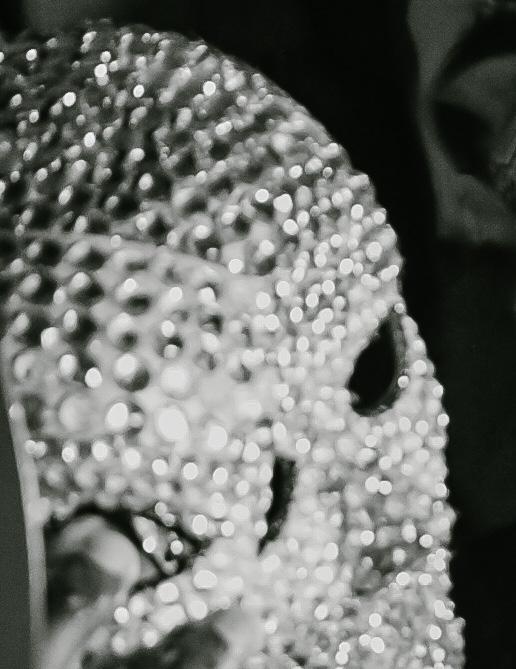

INCOGNITO
37

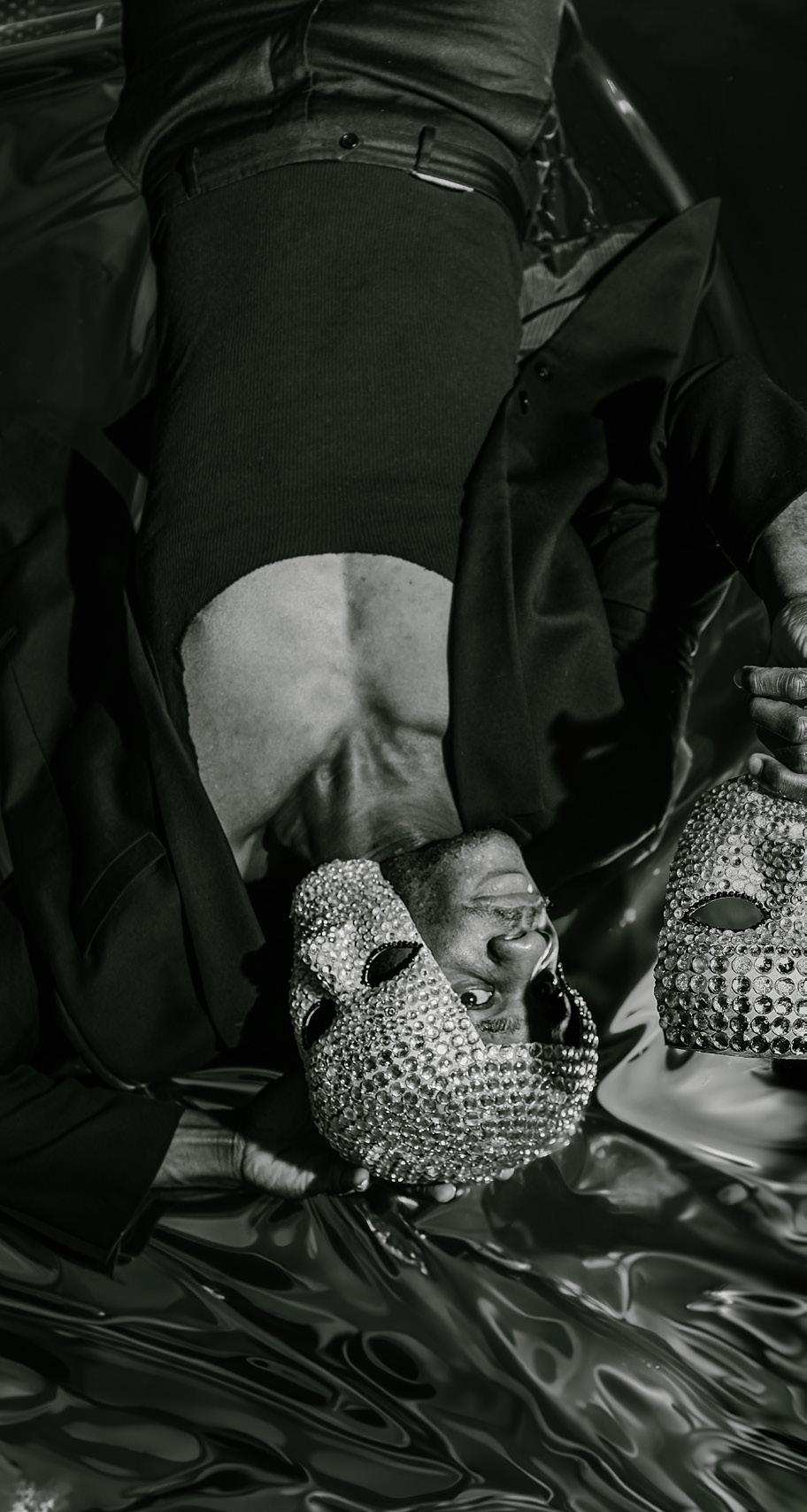




39
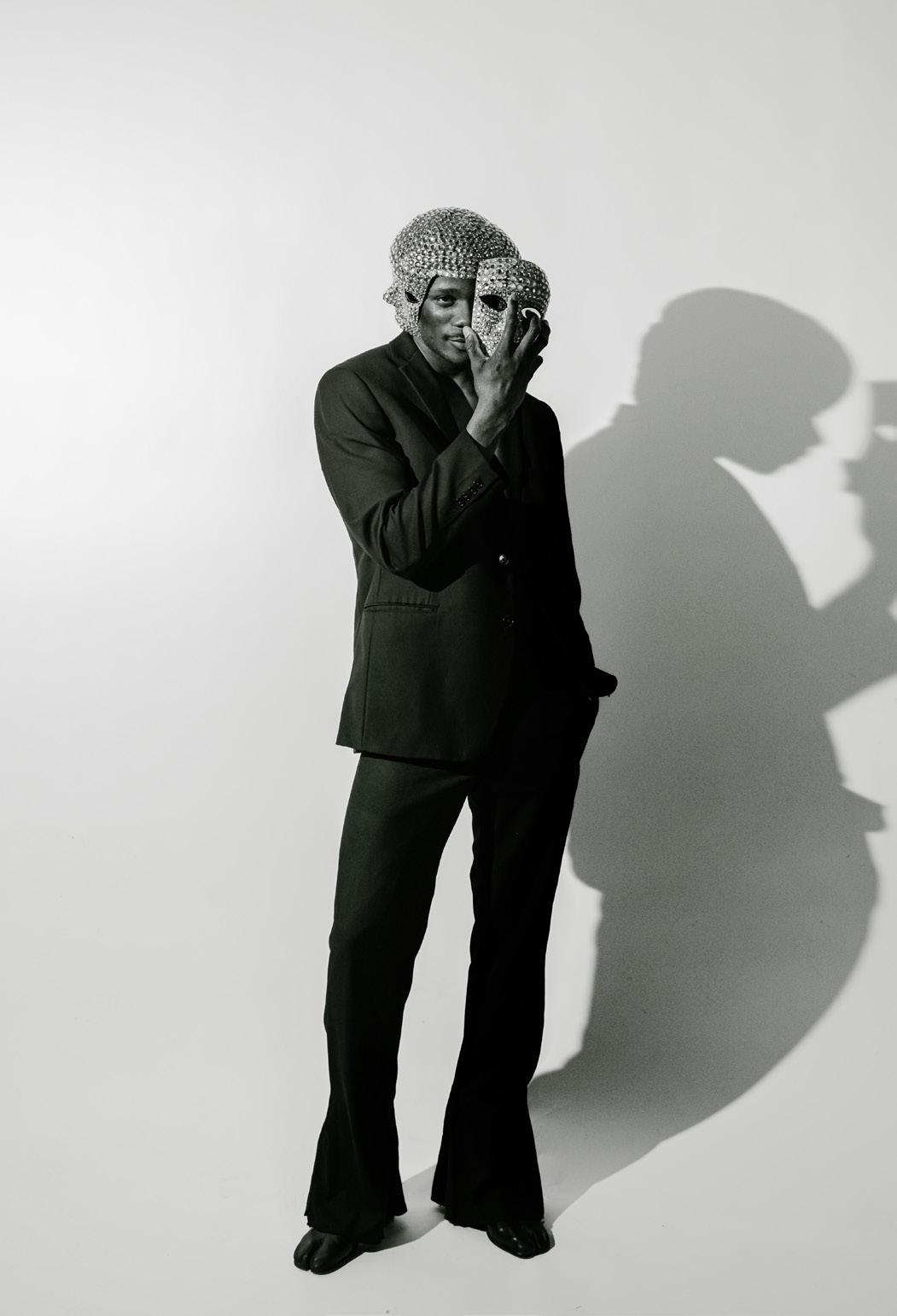

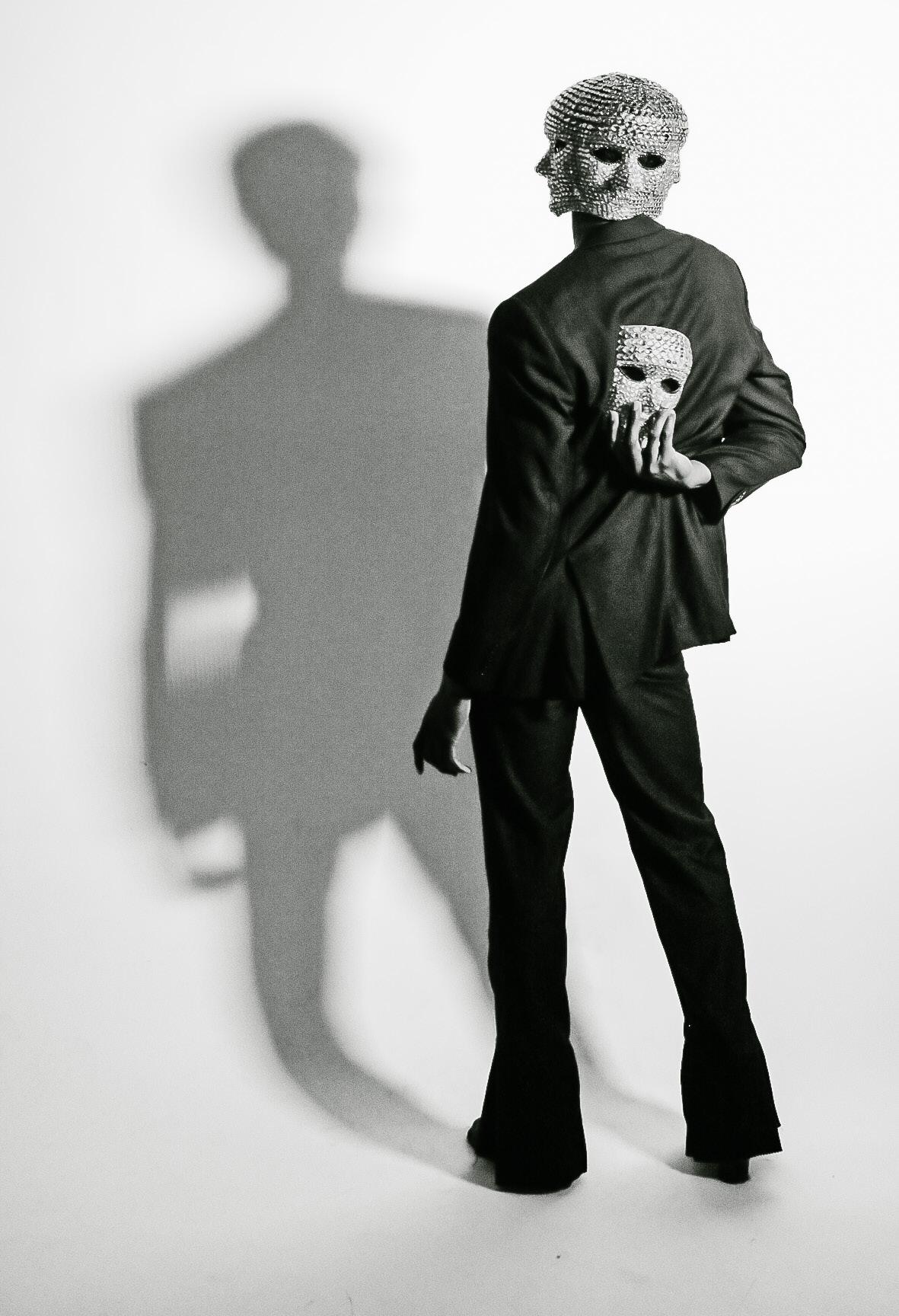

41

PHOTOGRAPHER
CARLY NICHOLS
SINYU DENG
STYLISTS
DANA GRAY
BOBBY CURIE
GRAPHIC DESIGNER
TERRI KANG
MODEL
BIELUOLISA EZE
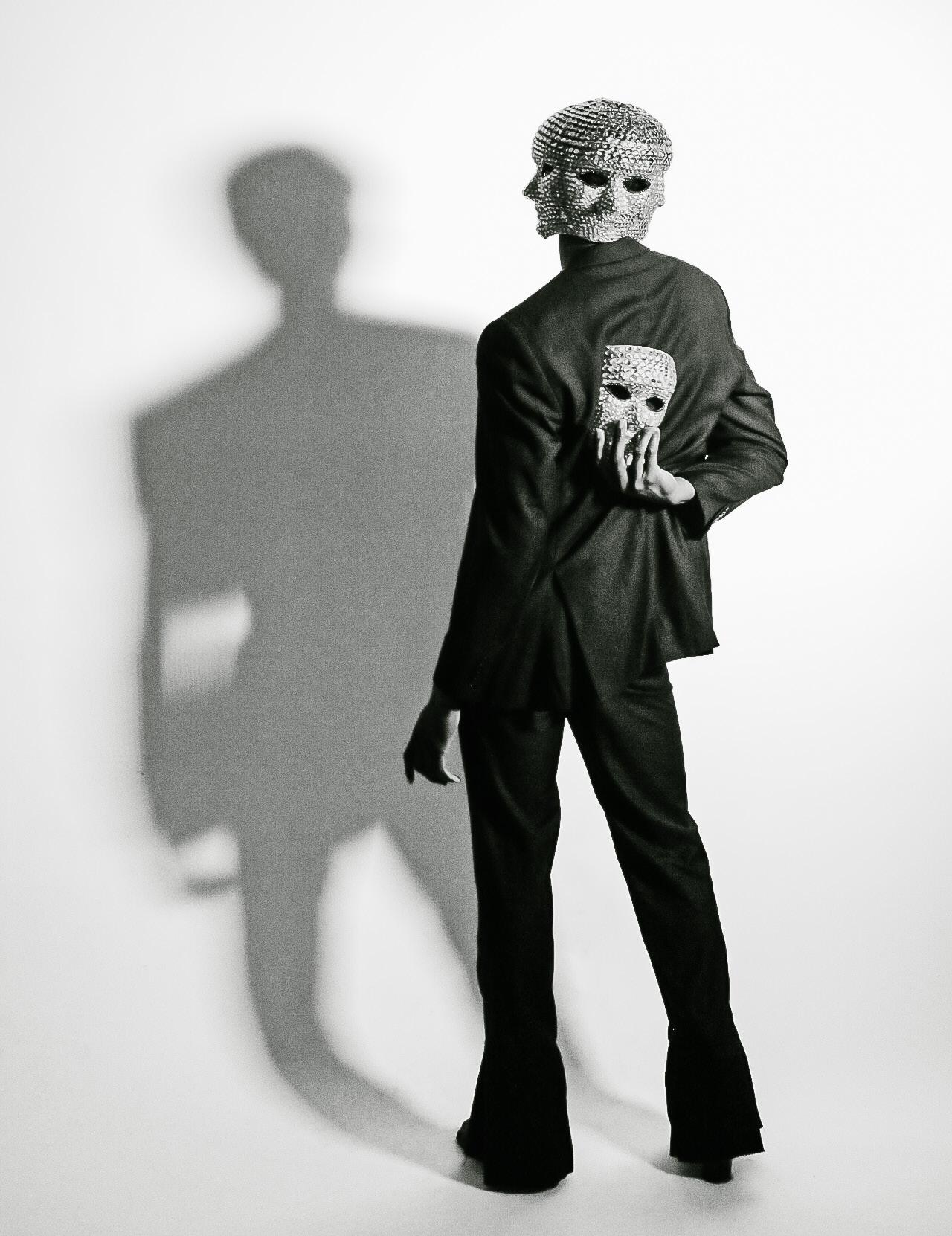
43
Mask - Abby Rapoport
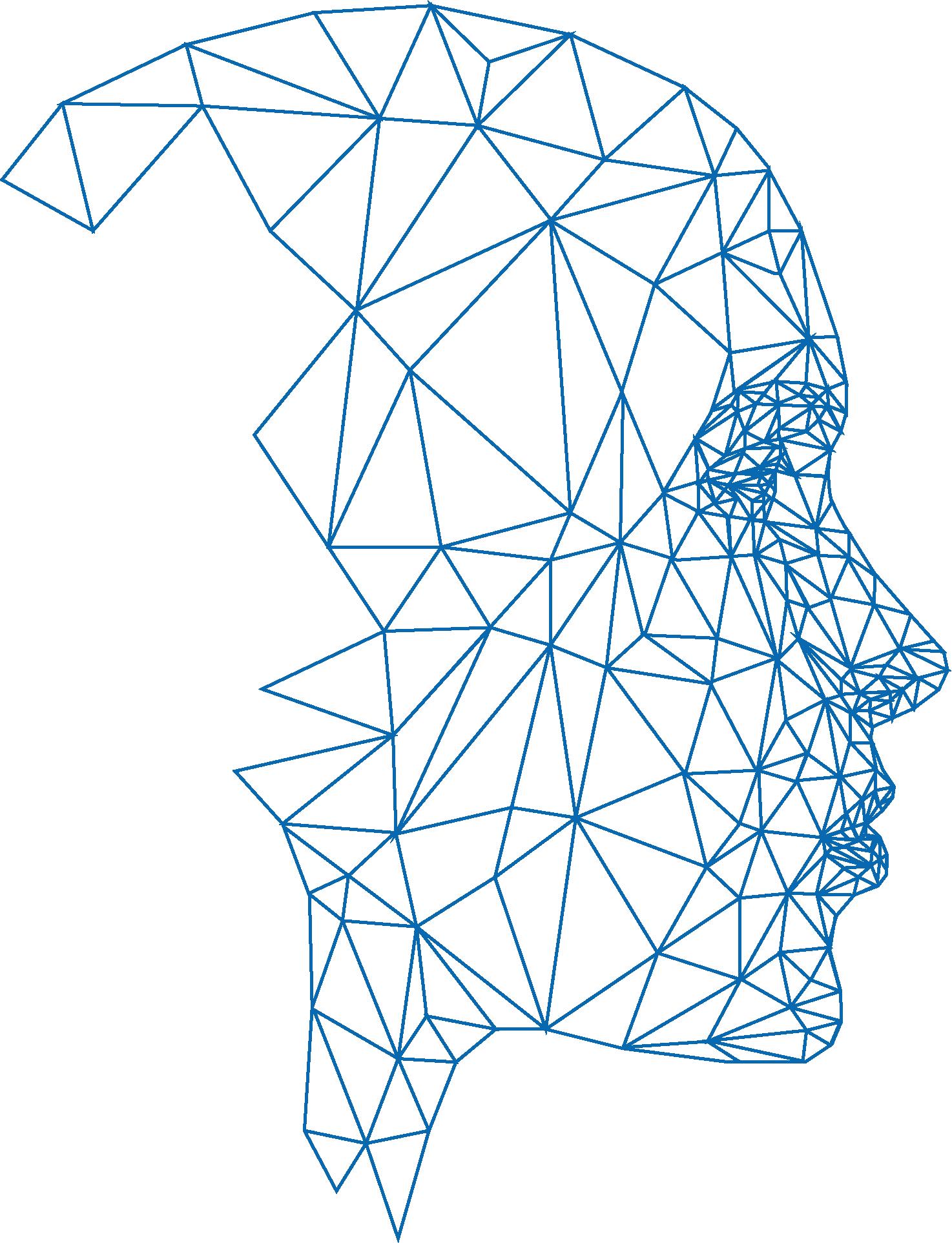

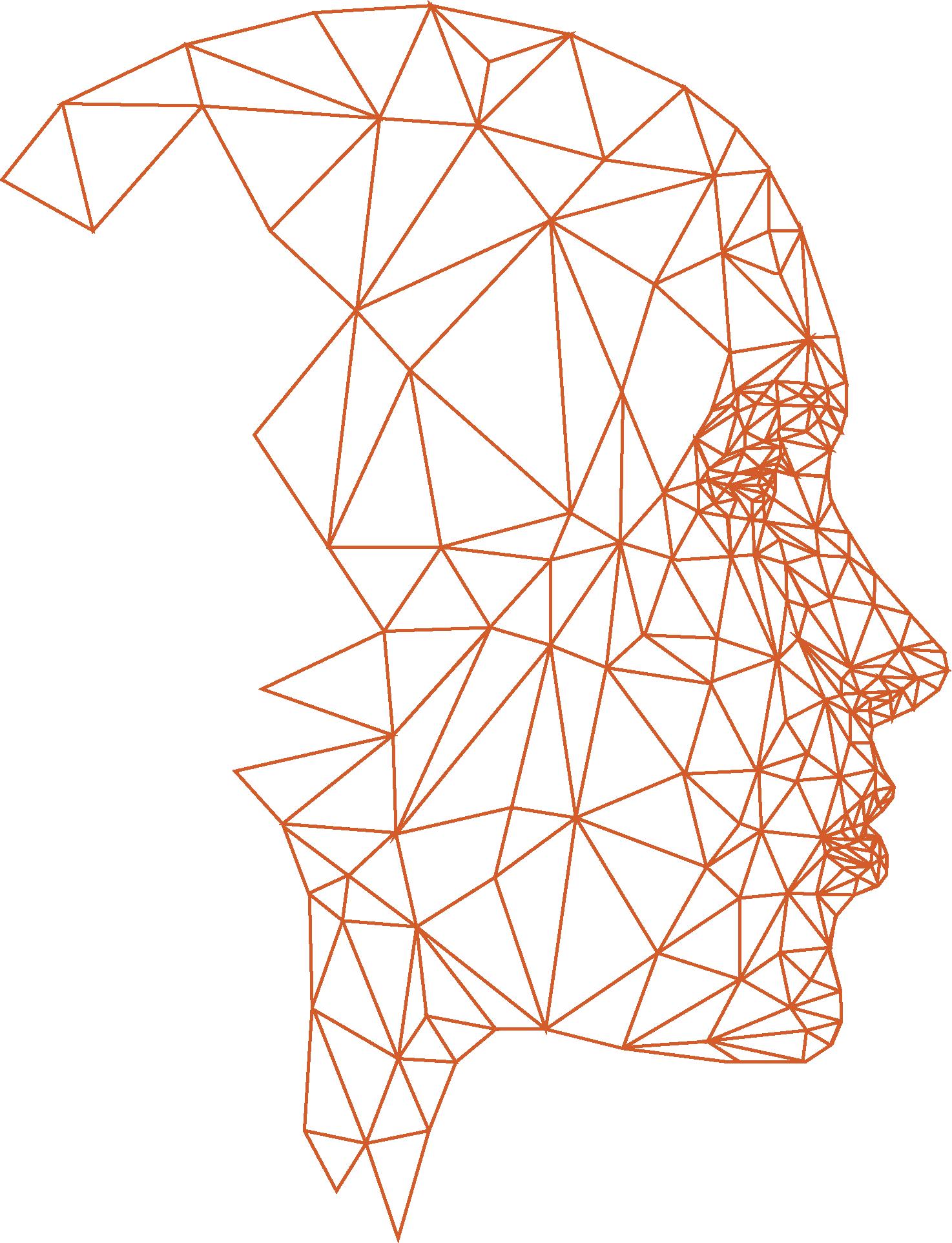
DIGITAL DOPPLEGANGER DOPPLEGANGER
LUCY
BAILEY
Assault and Violence // Digital Violence and Harassment // Privacy
WRITER
DOVER GRAPHIC DESIGNER
HWANG Sexual
Deepfake technology, a term that once belonged to the lexicon of benign entertainment or the far-fetched realms of science fiction, is rapidly morphing into a tool for perpetrating sexual harassment and digital violence. In an era where artificial intelligence (AI) weaves seamlessly into the fabric of our daily lives, the phenomenon of AI-generated explicit images represents a new frontier in digital violence, a realm where the boundaries of consent and privacy are breached with chilling efficiency.
At its core, deepfake porn involves creating or altering explicit media with someone’s likeness, often without their knowledge or consent. The implications of such technology are disturbing, with victims finding themselves ensnared in a web of exploitation, their images manipulated to create false narratives that can cause irreparable damage to their lives and reputations.
The urgency of addressing this issue was recently catapulted into the public eye with the viral spread of deepfake pornographic images of pop icon Taylor Swift. It ignited a maelstrom of outrage and prompted renewed calls for legal action. This incident, emblematic of the broader epidemic of digital violation, demonstrates the insidious nature of deepfake technology and its capacity to harm. Democratic congresswoman Yvette D. Clarke from New York weighed in on the issue, remarking on the social media site X, “What’s happened to Taylor Swift is nothing new. For yrs, women have been targets of deepfakes [without] their consent. And [with] advancements in AI, creating deepfakes is easier & cheaper. This is an issue both sides of the aisle & even Swifties should be able to come together to solve.”¹
Even more terrifyingly, deepfakes are not just affecting celebrities; AI porn is on the rise for us as well. WIRED have reported that in the first 9 months of 2023, 113,000 videos were uploaded to websites set up to either exclusively or partially host deepfake porn videos. This is a huge jump from the 73,000 videos uploaded in all of 2022.² It is a shocking and terrifying statistic that underscores a sinister evolution of surveillance technologies from mere
observation tools to instruments of active harm. The ease with which individuals can now fabricate and disseminate these images across social media platforms and the internet at large has created a new frontier of digital violence, where women’s images are commandeered for exploitation, amplifying the toxic dynamics of surveillance and control. A report by Sensity AI indicates that between 90% and 95% of all deepfake videos are non-consensual pornographic content targeting women.³ This chilling reality is compounded by the rapid advancement of AI technologies, which have made the creation of deepfake content not only more accessible but also more convincing Campaigner and author Laura Bates told UK newspaper The Guardian that AI porn is “just the new way of controlling women. You take somebody like Swift, who is extraordinarily successful and powerful, and it’s a way of putting her back in her box. It’s a way of saying to any woman: it doesn’t matter who you are, how powerful you are – we can reduce you to a sex object and there’s nothing you can do about it.”
In October 2023, Senator Hinchey announced that bill S1042A had been signed into law. The bill, a response to the growing menace of AIgenerated explicit content, signifies a critical step forward in protecting individuals from the nefarious uses of technology. Under this new law, violators face severe penalties, including a year in jail and a $1,000 fine, while providing victims the right to pursue legal action.³ This legal framework not only aims to deter perpetrators but also empowers those who have been wronged to seek justice. It is a watershed moment, highlighting the state’s proactive stance in expanding protections against non-consensual intimate media. With the majority of deepfakes targeting women, the legislation addresses a glaring need for safeguarding against digital sexual exploitation.
Legislative efforts, such as the proposed Preventing Deepfakes of Intimate Images Act by Democratic congressman Joseph Morelle and the AI Labeling Act by
45
Republican congressman Tom Kean Jr., aim to establish a federal framework for combating this issue. These initiatives reflect a growing consensus on the need for robust legal mechanisms to protect individuals from the exploitation enabled by rapidly advancing AI technologies.
The narrative of digital exploitation, while daunting, is being challenged by a collective call to action; advocates, legislators, and the public are coming together to confront the realities of digital violence and advocate for a safer online environment. Among these voices is Adriana Kelley, an Engineering student at the University of Michigan and member of What The F magazine. She emphasizes the dual responsibility of awareness and proactive measures among AI developers. Kelley asserts, “Because AI is so new, there are so many things that we are learning it can do every day.
I think the people that are developing this software should be aware of possible issues, but even as new issues such as AI porn are arising, they should be implementing blockers in their software to prevent people from even being allowed to make things like this.” Kelley’s concern extends beyond personal impact to a broader societal apprehension,
particularly for women in the public eye. “I worry for their safety on the internet as there are becoming more ways to make fraudulent media of and about them,” she adds, highlighting the increased vulnerability of public figures to digital exploitation.
The enactment of laws like Senator Hinchey’s bill represents a critical juncture in this ongoing battle, serving as a testament to the power of legal and societal intervention in curbing the tide of digital abuse and misogyny.
As we navigate the murky waters of the digital age, the specter of deepfake technology looms large. It challenges our notions of privacy, consent, and truth, hitting hardest against the backdrop of women’s rights. Yet, amidst this unsettling landscape, there emerges a beacon of collective resilience and determination. The uproar following high-profile incidents, the swift legislative responses, and the growing awareness among the public signals a society that is ready to confront and dismantle the mechanisms of digital violence. This is not merely a technological challenge: it is a clarion call for empathy, action, and a reimagining of our digital coexistence.

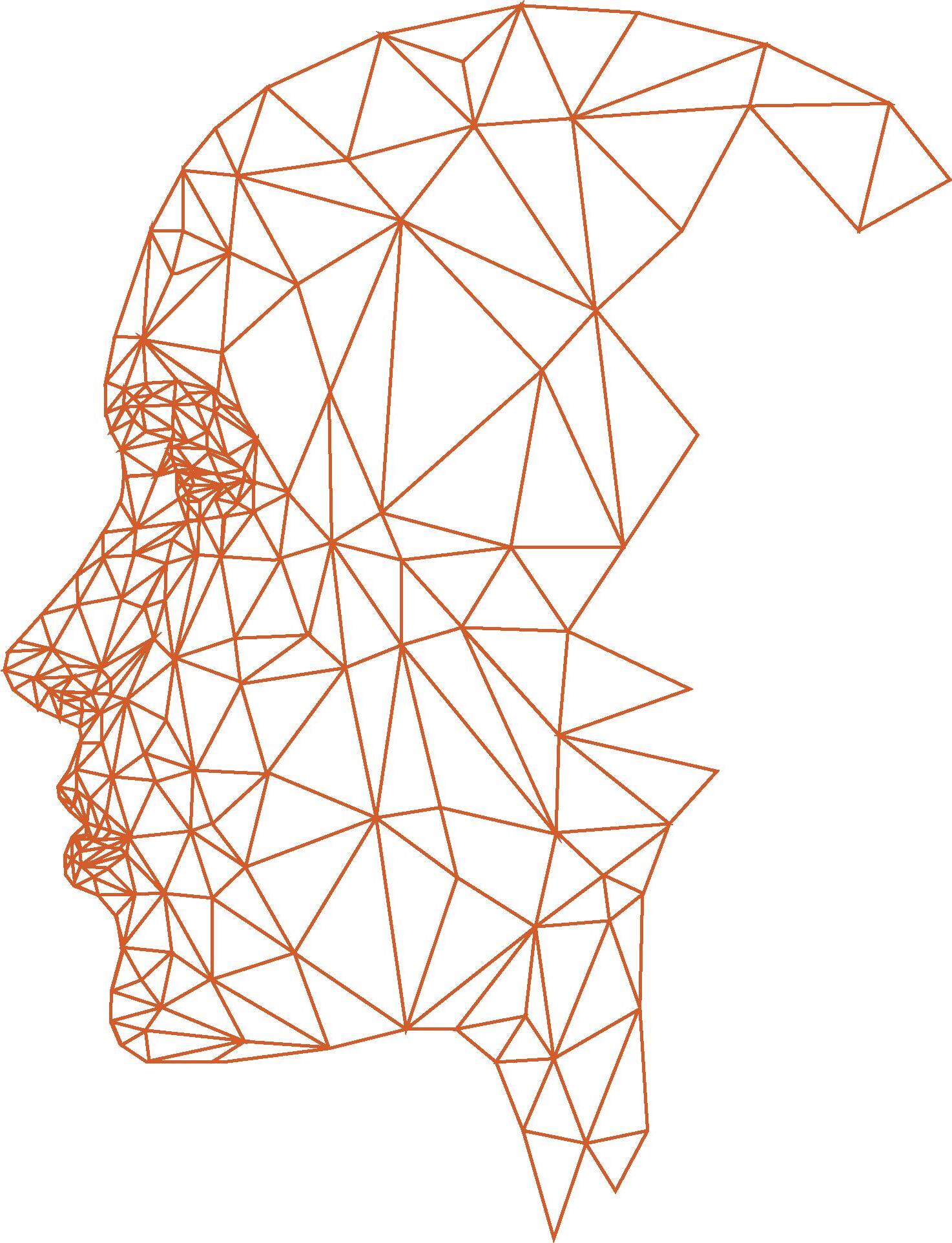





47
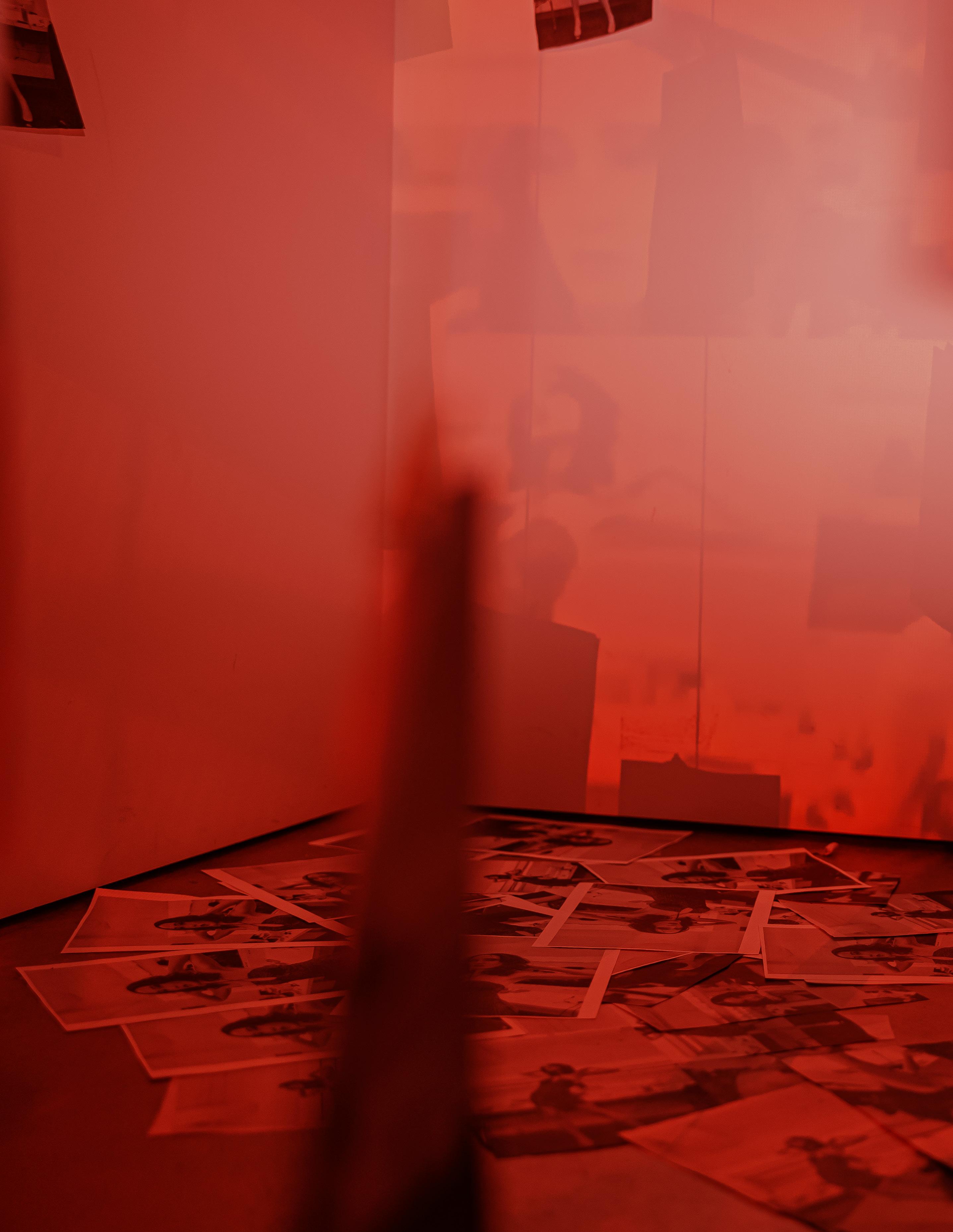
PERSONA

49


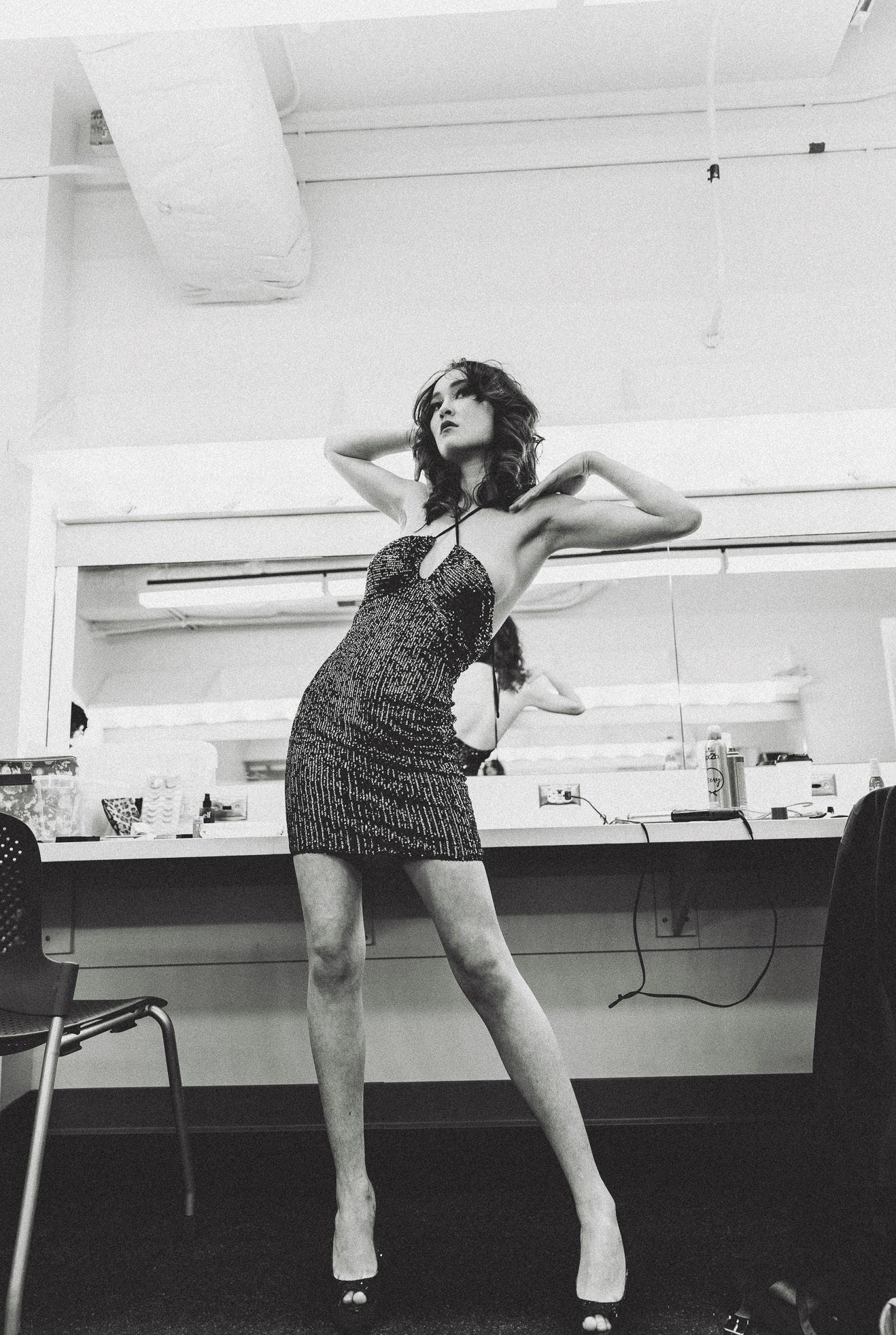

51
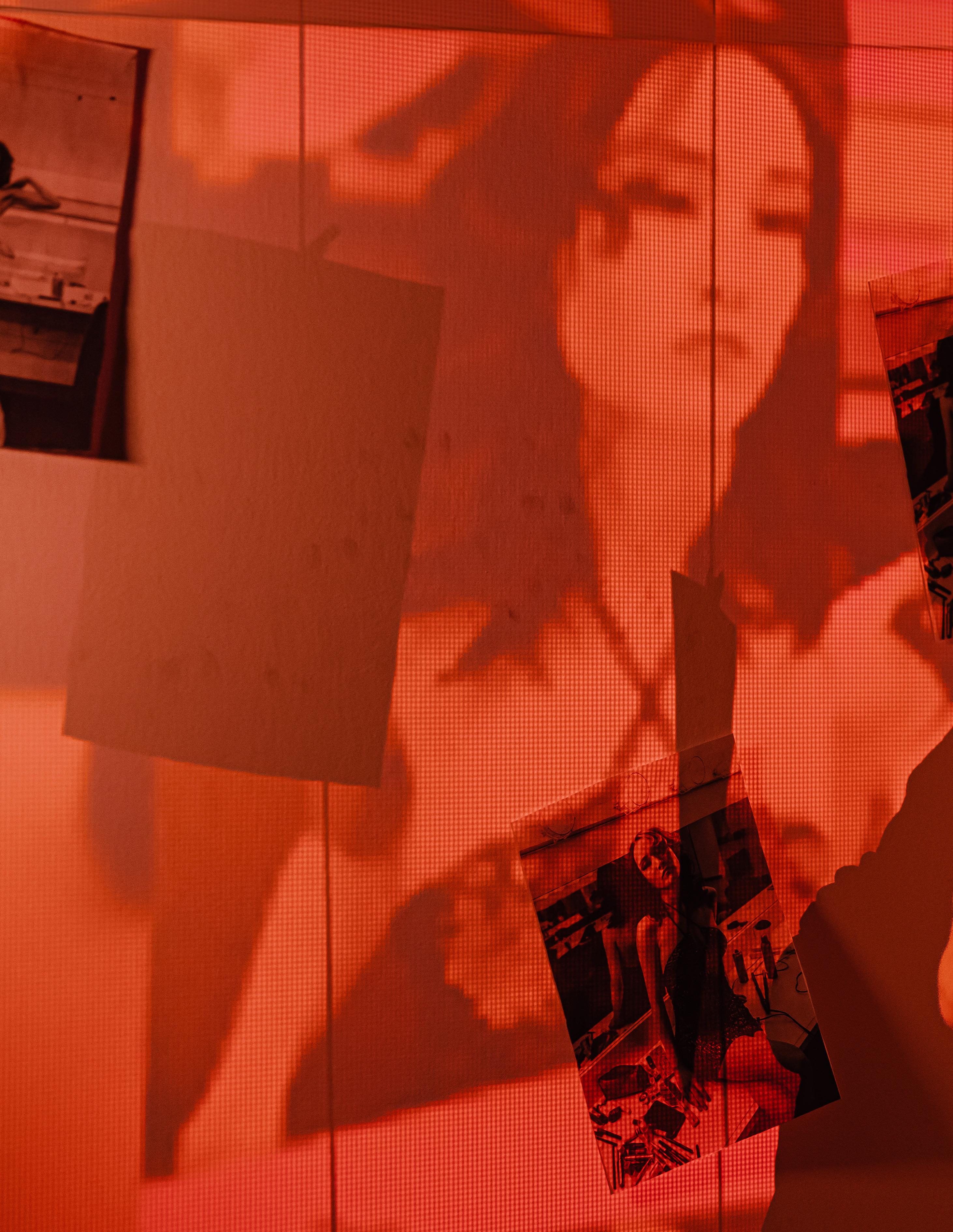

53


55

PHOTOGRAPHERS
CARLY NICHOLS
ALEX LAM
SINYU DENG
STYLISTS
DANA GRAY
BOBBY CURRIE
BEAUTY
ELISSA LI
PROJECTION DESIGN
DANA GRAY
GRAPHIC DESIGNER
EMMA PETERSON
MODELS
MAX SCHABEL

57



59
DIRECTOR’S NOTE
Surveillance has been so much fun to work on alongside the extremely talented print team! Every shoot in this issue highlights the distinctive skills and viewpoints of our team members, creating a truly unique issue. This is a culmination of so much hard work and I am so proud of everyone who worked on this!
While working on this issue, I spent a lot of time thinking about how we surveille the world and how the world surveilles us in return. I have come to realize that you can not control how you are perceived, but you have the power to control how you perceive yourself. If you spend your time doing what you love, you are sure to see yourself in a more positive light. I know that this is true for me; my time with SHEI has allowed me to feel proud of myself in a way I never knew was possible!
When I was a junior in high school, I saw SHEI’s Instagram for the first time. I was immediately in awe of what I saw; the creativity and style in every post blew me away and I knew I wanted to be a part of this club. During my first semester of college I had two goals: get good grades and join SHEI Magazine. Four years of SHEI have flown by and I have truly loved every single moment. I feel so lucky to have had this experience; SHEI has undoubtedly been the highlight of my college experience.
Thanks SHEI for everything…and that’s a wrap!!
 Abby Rapoport Creative Director
Abby Rapoport Creative Director

BEHIND THE SCENES



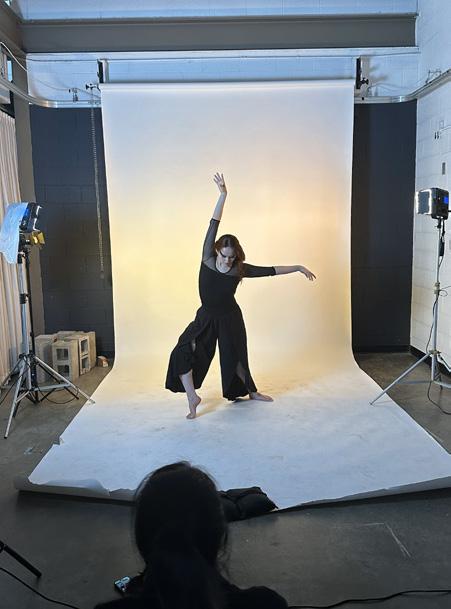

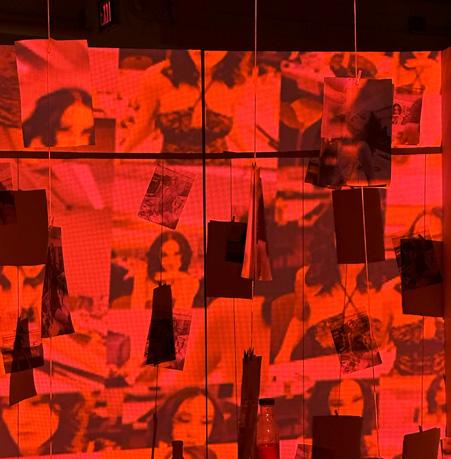


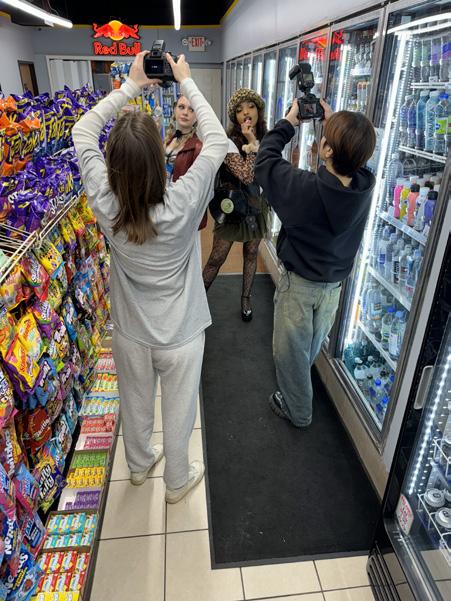


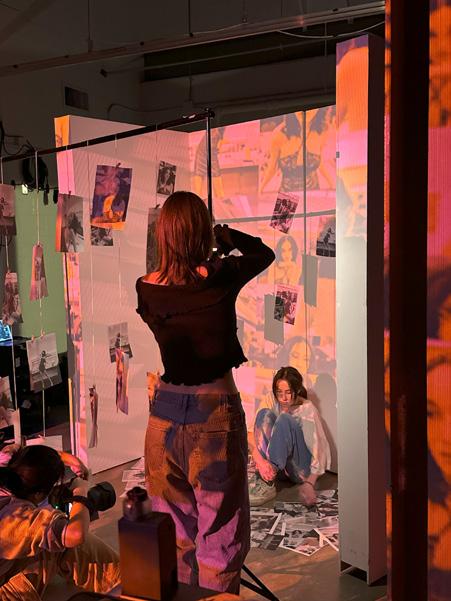
61
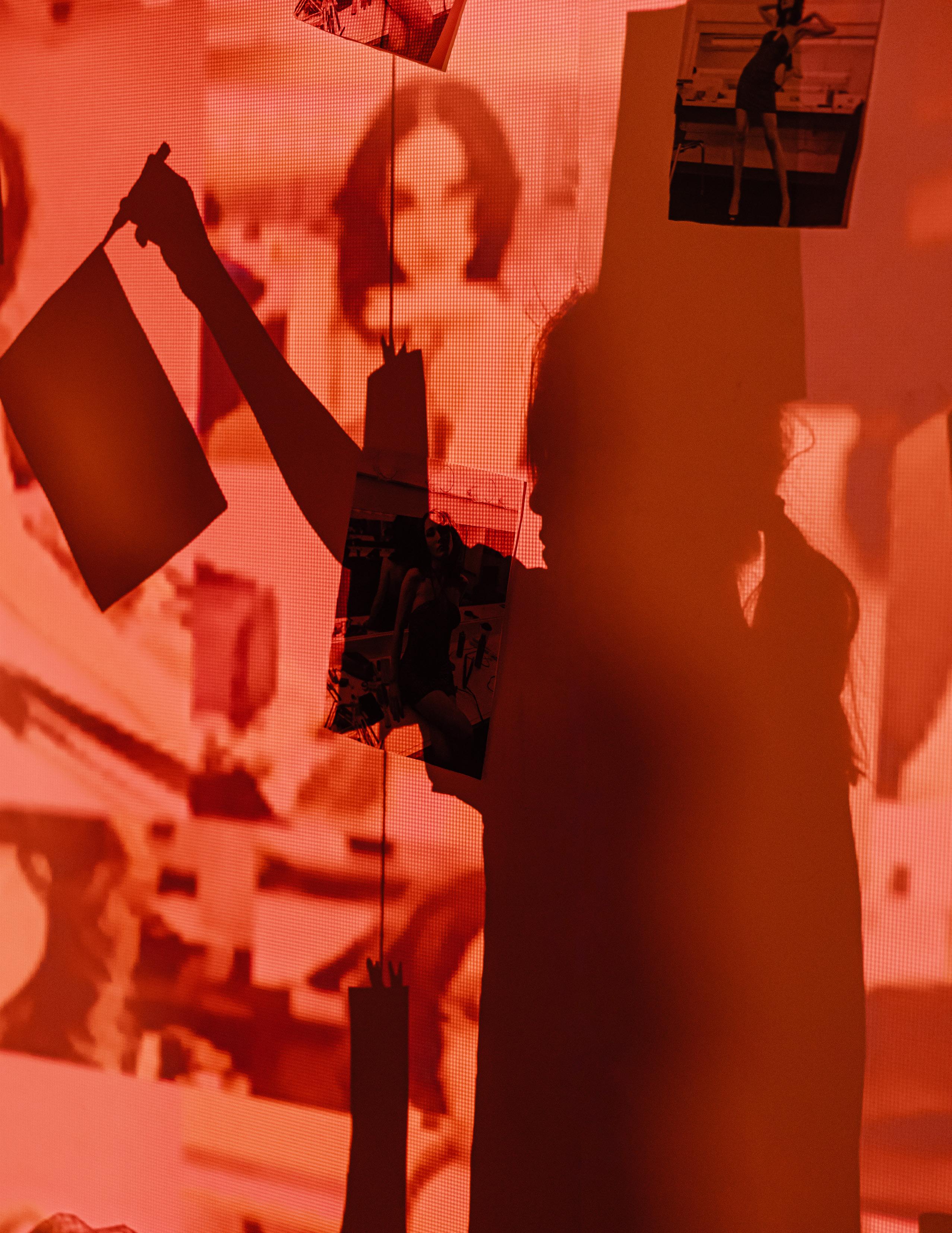
























































































































 Abby Rapoport Creative Director
Abby Rapoport Creative Director













